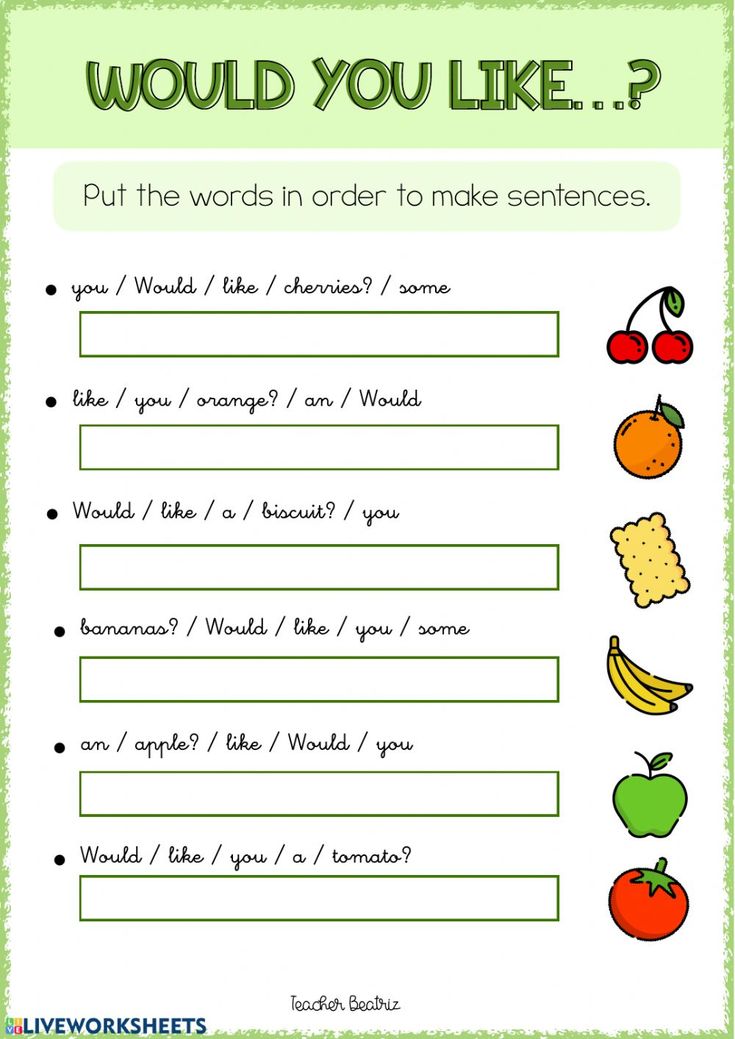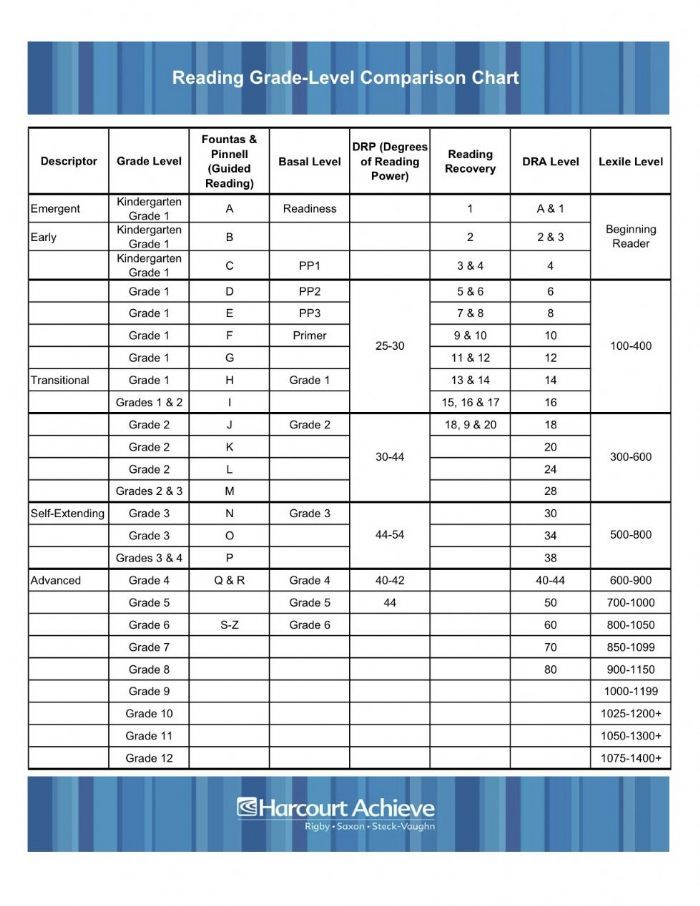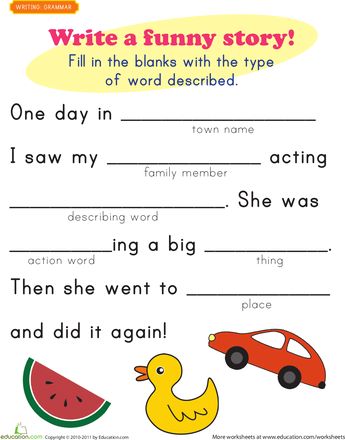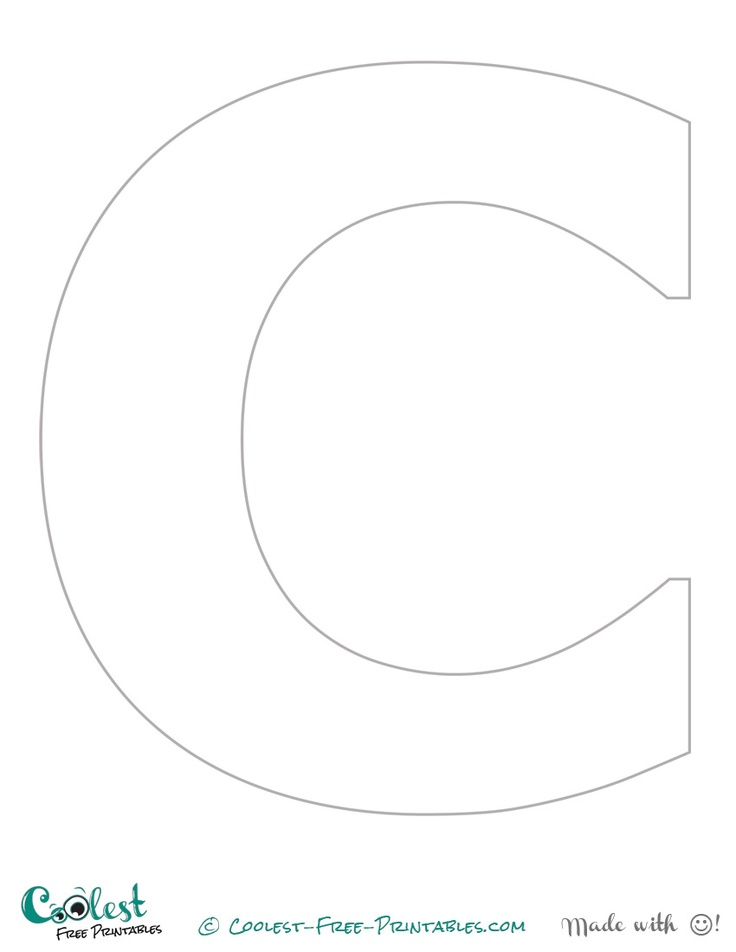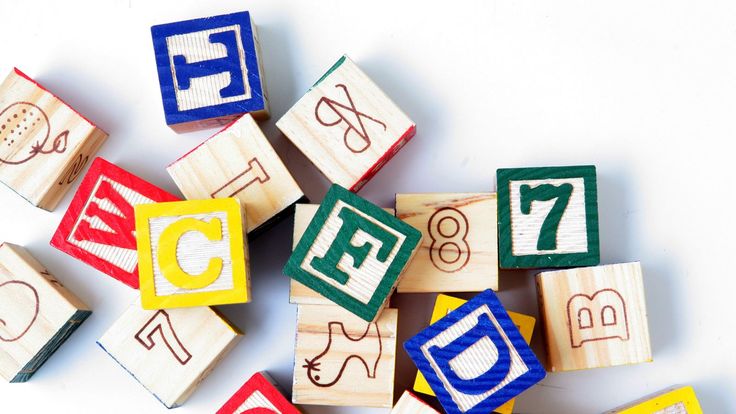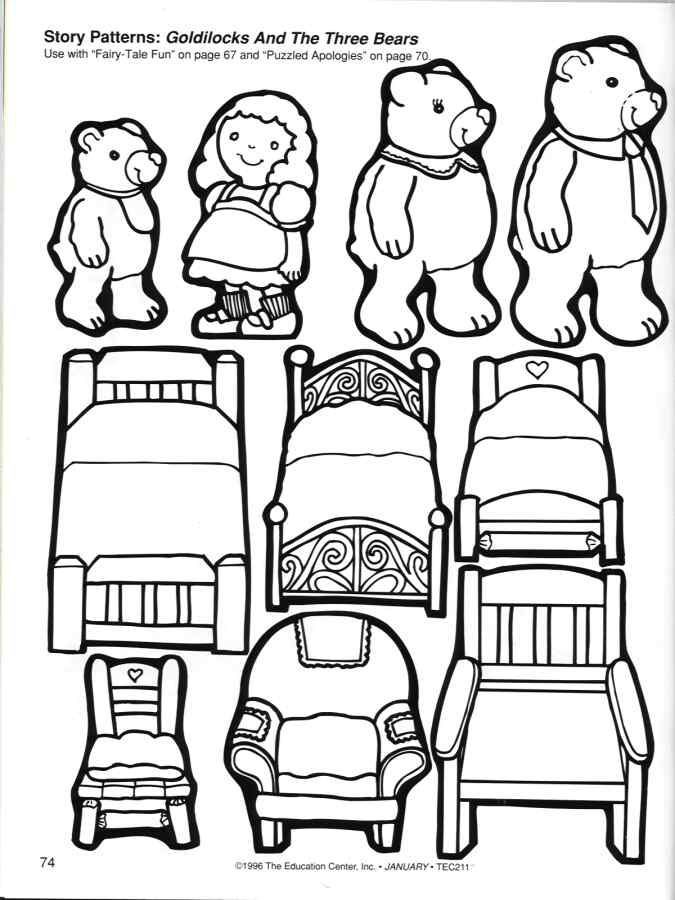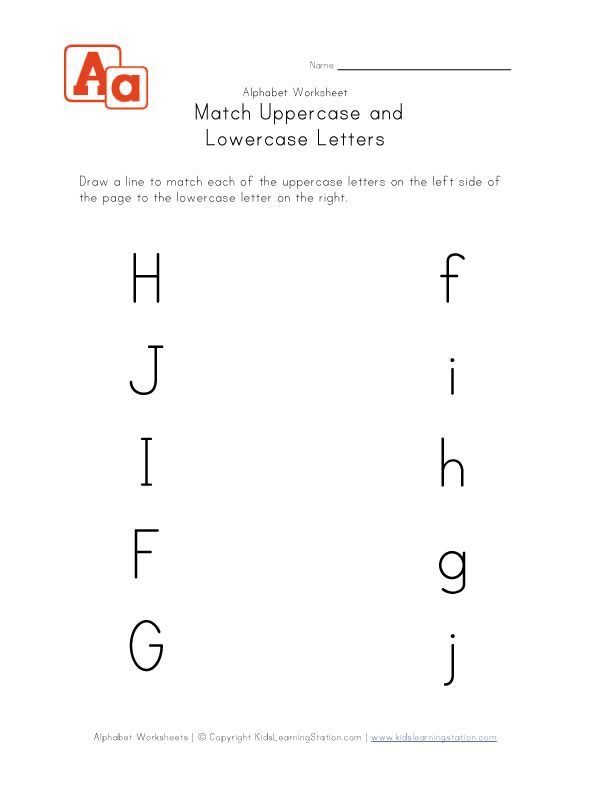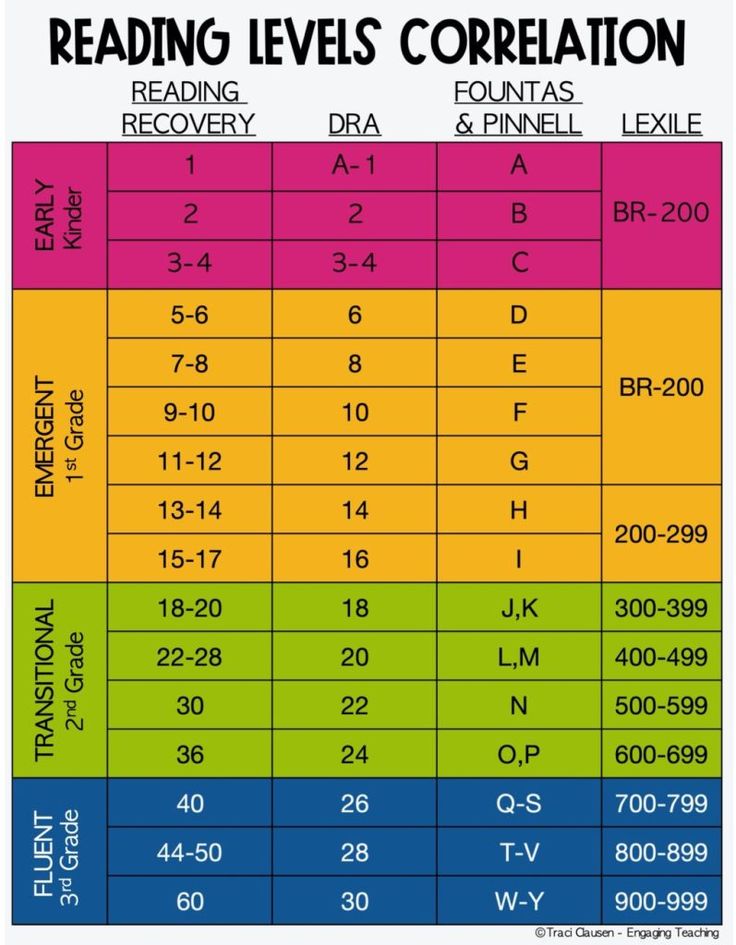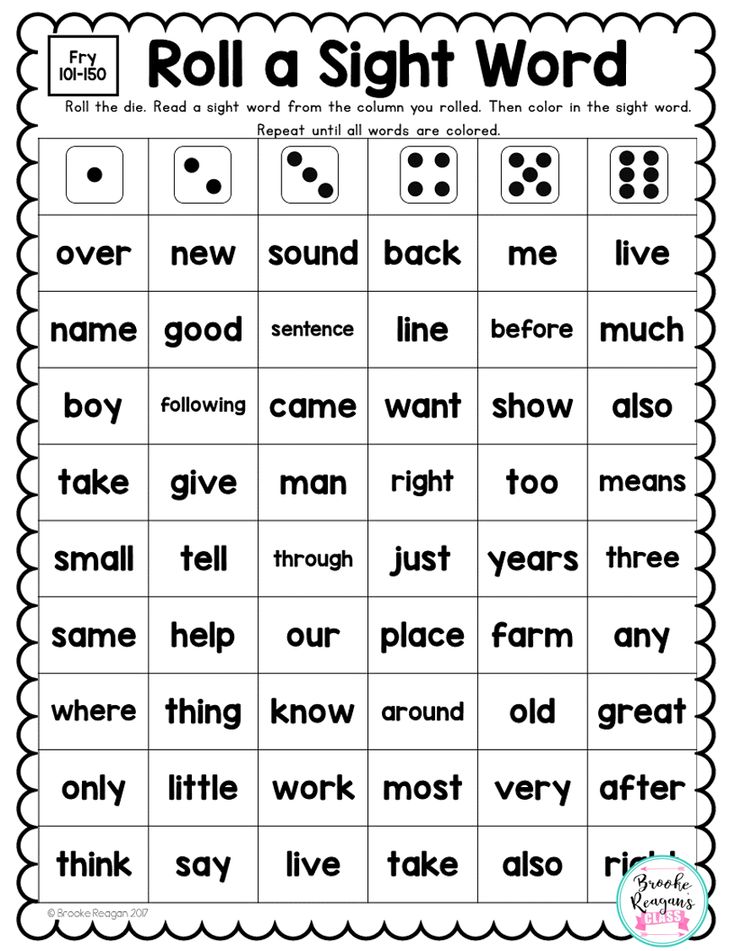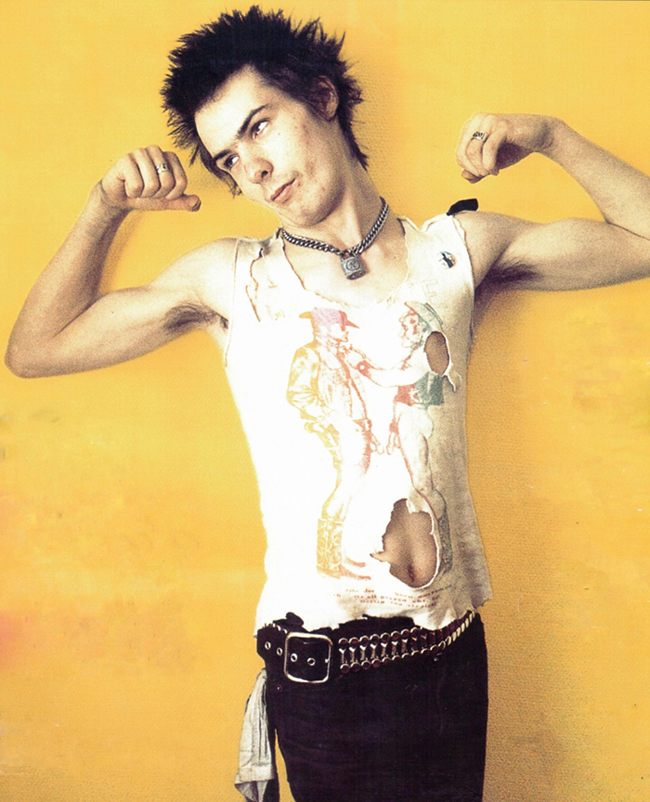Three word sentences for kids
Language development in children 2-3 years
Vocabulary and language development in children at 2-3 years
At this age, your child’s vocabulary expands quickly – they might even learn new words each day. In general, your child understands more words than they can use.
Your child will use a lot of nouns – for example, ‘baby’, ‘friend’ or ‘car’. You’ll hear other word types too, including:
- verbs – for example, ‘play’, ‘go’
- adjectives – for example, ‘wet’, ‘sore’
- pronouns – for example, ‘I’, ‘you’
- location words – for example, ‘in’, ‘on’.
Your child will start using words like ‘more’ and ‘most’, as well as words that make questions, like ‘who’, ‘what’ and ‘where’.
And your child will start to say ‘me’, ‘mine’ and ‘you’. By three years, you child will understand the difference between ‘mine’ and ‘yours’.
Sentences and grammar in language development
As part of language development, your child will begin to use two-word sentences at around two years. By age three, they’ll be able to use sentences with three or more words – for example, ‘Mummy get in car’ or ‘Me go too’.
You’ll start to hear grammar and more structured sentences. For example, instead of ‘I go’, your child might say ‘I’m going’. You’ll also hear your child use the past tense – for example, ‘walked’, ‘jumped’. And they’ll start using plurals like ‘cats’ or ‘horses’.
Your child might not always get it right when they use plurals and past tense. For example, your child might say ‘foots’ for ‘feet’, or ‘goed’ instead of ‘went’.
Understanding and language development
Language development includes your child understanding more of what’s said to them and how it’s said. Your child will understand a lot more than they can say.
Your child will understand one-step and two-step instructions, as long as they’re about things they already know – for example, ‘Pick up your toys and put them in the box’. They might still find it hard to follow instructions about unfamiliar objects or tasks.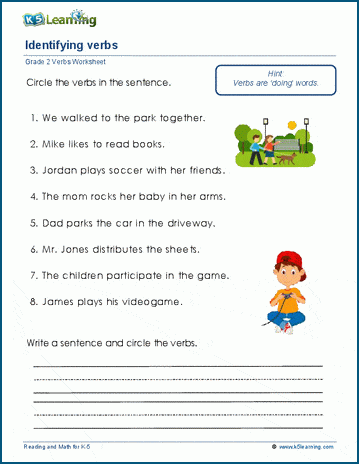
Your child will begin to answer questions from adults about ‘who’, ‘what’ and ‘where’, but they might not yet understand how to answer ‘why’ and ‘how’ questions.
Your child can tell from the tone of your voice if you’re happy, affectionate or angry.
Pronunciation in language development
By three, your child will use most of the speech sounds in their words, but they might still pronounce words differently from adults. For example, even though your child can say the sounds ‘b’ and ‘l’, they might have trouble combining them together in ‘blue’. Some difficult sounds, like ‘z’, ‘sh’, ‘f’, ‘v’, ‘r’, and ‘th’, might still be hard for your child to say.
When your child is two years old, unfamiliar people can usually understand about half of what your child says. By the time your child is three years old, unfamiliar people can usually understand about three-quarters of what they’re saying.
Developing conversation skills
Your child will start to get the hang of speaking in turn, and might be able to have a short conversation with you.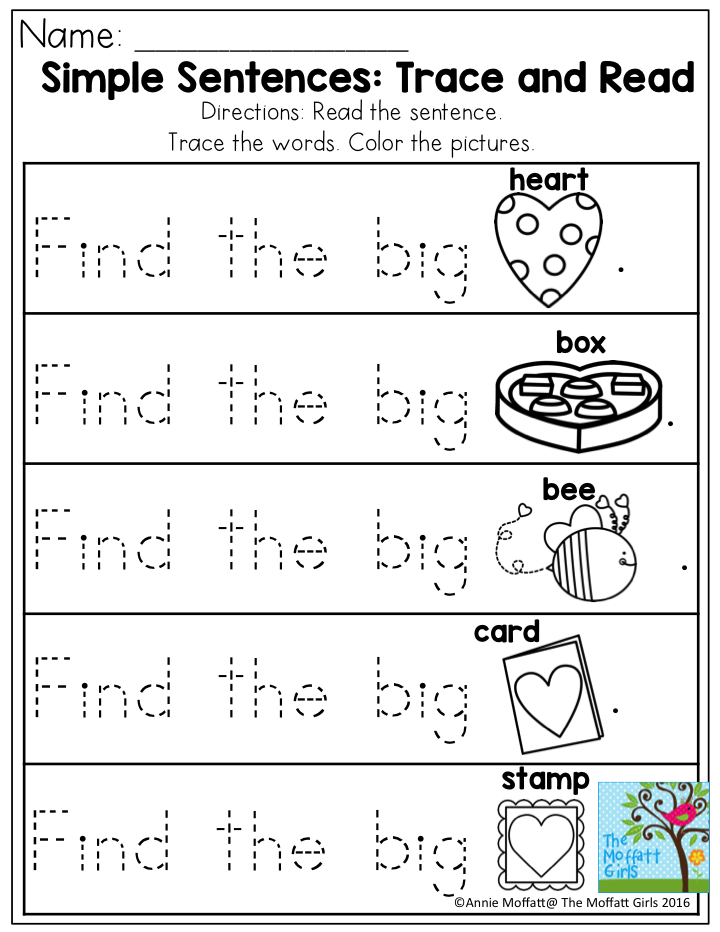
Your child will talk about things that have happened during the day. With your help, they might be able to put together a simple story – for example, your toddler might say ‘I go shop’. You might respond, ‘And what did you do at the shop?’ They’ll reply ‘Buy bread’. By age three, they might be able to tell a simple ‘made-up’ story based on experiences they’ve had, but they’ll probably leave out a lot of detail.
Your child will talk about people and objects not present – for example, ‘Grandma at the shops’, ‘My ball in tree’.
And your child will start talking the same way you or other close adults talk. You might even hear your child say certain things the way you do.
At this age, your toddler might cry less than they used to when they can’t do something or feel frustrated. That’s because your child can use their words to explain the problem and ask for help.
Play and language development
Your child will be able to play and talk by age three. For example, they might give voices to the toys they’re playing with.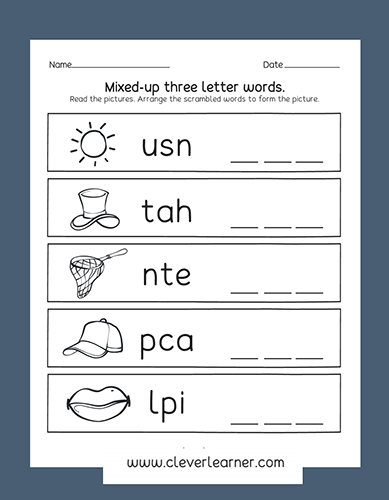 They’ll also begin to play in groups with other children, sharing toys and taking turns.
They’ll also begin to play in groups with other children, sharing toys and taking turns.
You might hear your child playing with language through rhyming, singing and listening to stories. They’ll also talk to themselves and might use a very loud or soft voice when speaking.
Growing up in a bilingual or multilingual family doesn’t affect how early or quickly children learn to use language. Sometimes multilingual or bilingual children mix their languages for a while, but this stops once they understand that they’re using more than one language.
When to get help for language development
If you notice any of the following signs in your child, or you’re worried about your child’s language development, it’s a very good idea to see your child and family health nurse, GP or paediatrician.
Your child:
- isn’t using words to communicate
- is often hard to understand when they’re talking to you, family or friends
- has stopped using a language skill they once had.
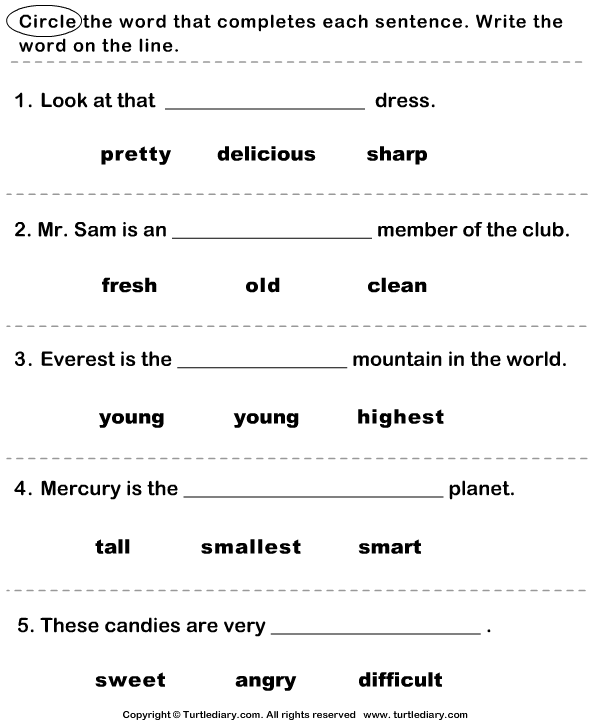
Your health professional might refer you to a speech pathologist.
Children learn new skills over time and at different ages. Most children develop skills in the same order, and each new skill they learn builds on the last. Small differences in when children develop skills are usually nothing to worry about.
How To Make The Most Of Simple Sentences For Kids
When a child finally learns how to construct their own simple sentences, for kids (and parents!), it’s a really special moment.
Word combinations such as “knee sore” turn into, “Mommy, my knee is sore.” Or “now juice” develops into, “Can I have some juice?”
There’s no denying the importance of sentences — they help us better express our thoughts and feelings. So the only question now is: How can you help your child start constructing their own sentences so that they, too, can communicate better?
Two words: simple sentences.
When Do Kids Start Forming Sentences?
Children start forming sentences once they know a few words.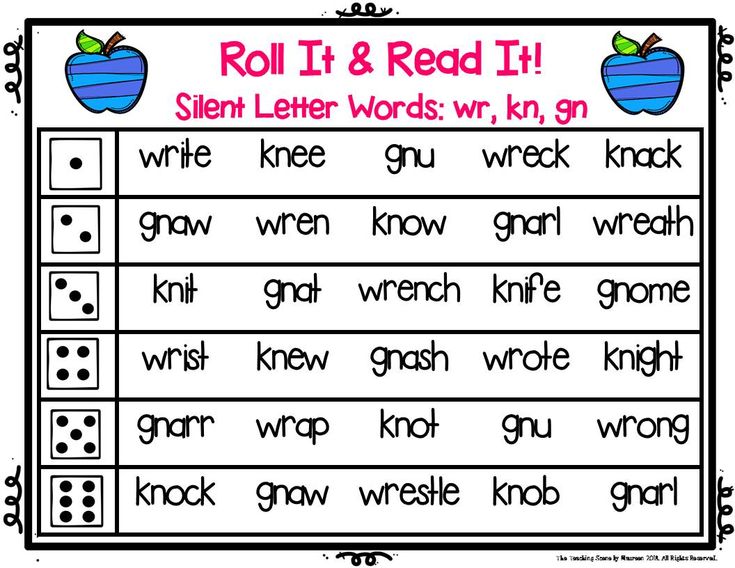 But language development is quite a journey!
But language development is quite a journey!
Somewhere between 18 and 24 months, a toddler will begin constructing two-word “sentences,” like “want milk” or “no sleep.” At this stage, they are linking two or more words together to express an idea. This is the first step and a big milestone.
By four years old (sometimes earlier), most children are speaking in complete sentences. But that doesn’t mean they’ve reached the end of their sentence journey.
While your child may be speaking in complete sentences, finding playful ways to expose four and five year olds to sophisticated aspects of sentences while being kid appropriate is beneficial. This will help them continue developing their language skills.
One of the best ways to do so is to encourage children to speak in complex sentences to express their ideas. How? This can be achieved by simply resisting the temptation to simplify our own speech.
Remember that children are learning sponges! They will naturally pick up on the language habits you expose them to.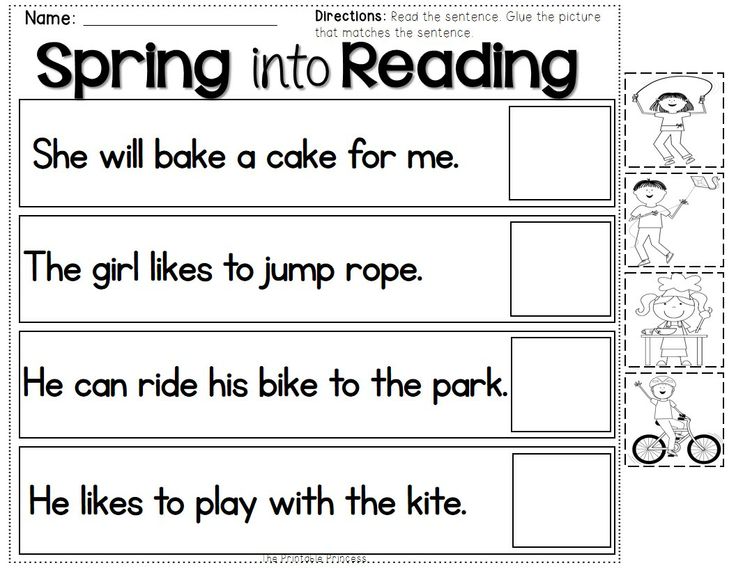 So, continue speaking in complex sentences while in their presence. It’s not a bad thing if your child asks, “What does that mean?”
So, continue speaking in complex sentences while in their presence. It’s not a bad thing if your child asks, “What does that mean?”
Of course, simple sentences come first.
What Makes A Simple Sentence?
A simple sentence is the most basic form of a sentence. It contains only one independent clause — a group of words that forms a complete thought and is made up of a subject and predicate (which includes a verb and expresses what is said about the subject).
For example, in the simple sentence, Thomas kicks the ball, “Thomas” is the simple subject and “kicks the ball” is the predicate, with “kicks” being the verb, or simple predicate.
Simple sentences for kids are mostly short, but they can also be long. The length of the sentence isn’t the focus. What’s important is that the basic elements (subject and predicate) are always present.
When we communicate in our everyday lives, there’s usually a good mixture of both simple and more complex sentences without us even thinking about it.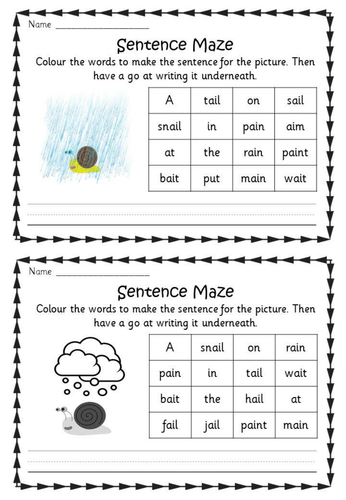 In order to help our kids reach this effortless communication stage, we need to help them understand the basics.
In order to help our kids reach this effortless communication stage, we need to help them understand the basics.
The good thing about the English language (and every other language, actually!) is that once you understand the basics, moving on to complicated structures is easier.
Simple Sentences For Kids To Act Out
One of the best ways for children to learn is through acting things out. If you have an active young child who enjoys moving around, why not use their energy to encourage some learning?
Here are some simple sentences for kids they will have fun acting out.
- He reads a book.
- The dog barks.
- The cat sits on the mat.
- I hop on one foot.
- The pig gobbles his food.
- The rooster crows.
With these sentences for kids, your child will have a blast while naturally learning what makes up a sentence!
Other Ways To Practice Sentences For Kids
1) Use Pictures
We recommend having your child use pictures to make up stories. You can even record the stories and listen to them for a little added fun!
You can even record the stories and listen to them for a little added fun!
If your child wants to write their ideas, too, that’s great! But don’t worry about standard spelling; much more important is the creative effort involved in thinking of a great story composed of interesting sentences of their own creation.
You can use pictures of animals, nature, sports, or even family photos. Then encourage your child to share whatever comes to their mind after having a look at these images.
During the first session, your child may need a few verbal prompts to help them get started. Simple questions like, “What’s happening in the picture?” or “What does this image remind you of?” can help to get their creativity flowing.
If you have multiple children, you can allow them to share what they came up with about the same image. As individuals, they will most likely think of different sentences, so this is a great opportunity to emphasize how everyone has unique ideas.
We encourage you to allow your children creative freedom here.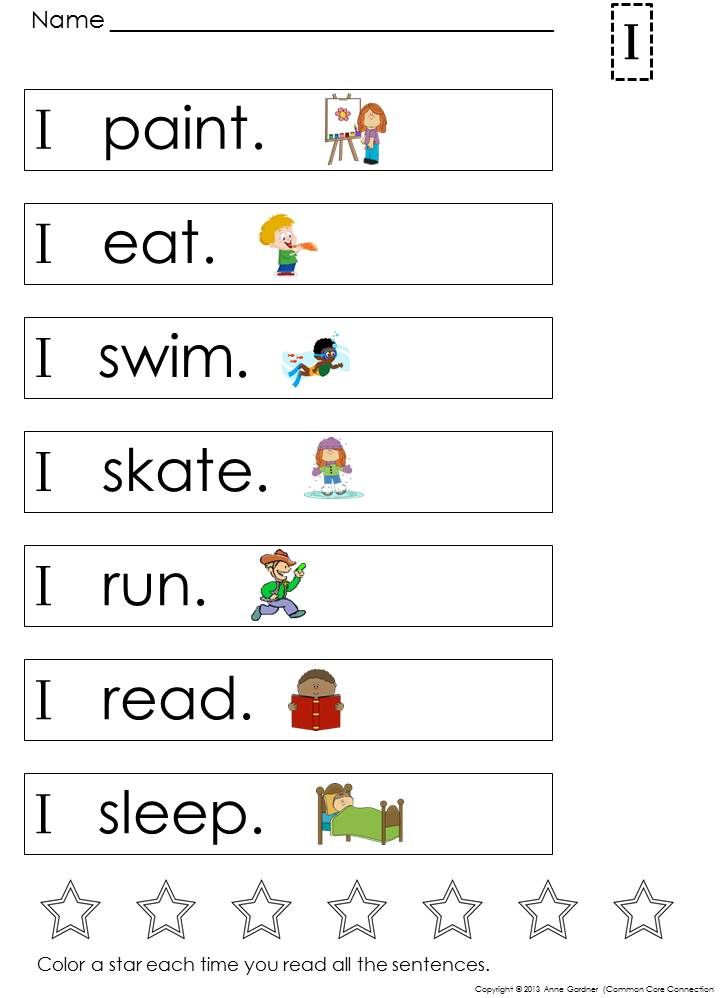 The idea is to place an image in front of them and let them create anything they feel like creating.
The idea is to place an image in front of them and let them create anything they feel like creating.
2) Play Sentence Games
If you’ve been following our blog for a while, you’ll know one thing for sure — the HOMER team loves a good game! Games are not only fun, but they’re also great ways to help children remember fundamental learning concepts.
One of our favorite sentence games is Sentence Mix & Match.
What You’ll Need:
- Several index cards
- Markers to write with
What To Do:
- Write interesting subjects on half of the index cards (Ideally, these are things that your child likes. For example: dinosaurs, ice cream, different shapes, colors, etc.).
- On the other half, write predicates or sentence endings that make sense with your individual subjects.
- After writing, place the cards so that they make realistic sentences.
- Then, turn all the cards over and shuffle them. At this point, you want to ensure that you separate sentence beginnings and endings.
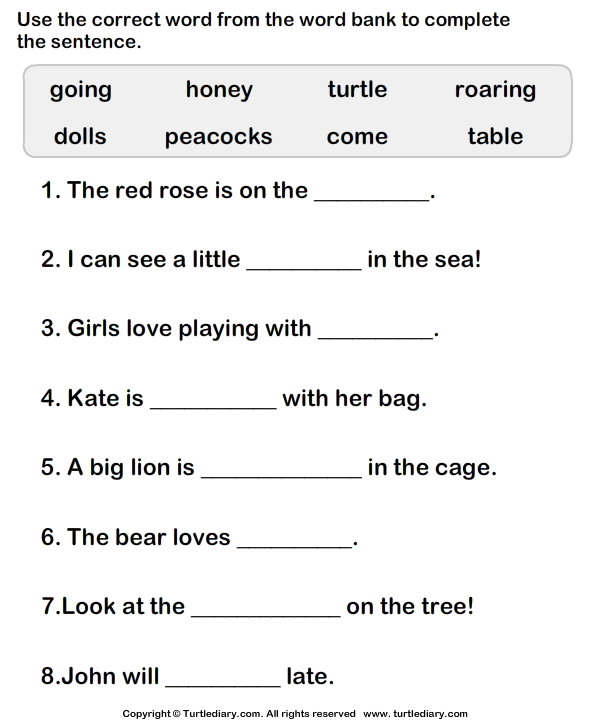
- After the shuffle, turn your cards over and discover what silly sentences you get.
- Remember to begin the subject cards with capital letters and sentence-endings cards with a period.
This is a fun activity to help children see that sentences are not always set in stone. They will also quickly learn that the meaning of a sentence can change when words get moved around.
3) Play With Types Of Sentences
Sentence Mix & Match is not the only way to help children learn sentences for kids while also having fun. Another activity we’re huge fans of is playing with types of sentences. Specifically — statements, questions, and exclamations.
To get started, pick any simple sentence that your child will already be familiar with (e.g., “I like playing outside.”).
Next, encourage your child to say this same sentence as a statement, a question, and then an exclamation.
Similar to Sentence Mix & Match, this game helps children understand that minor tweaks can change the meaning of a sentence.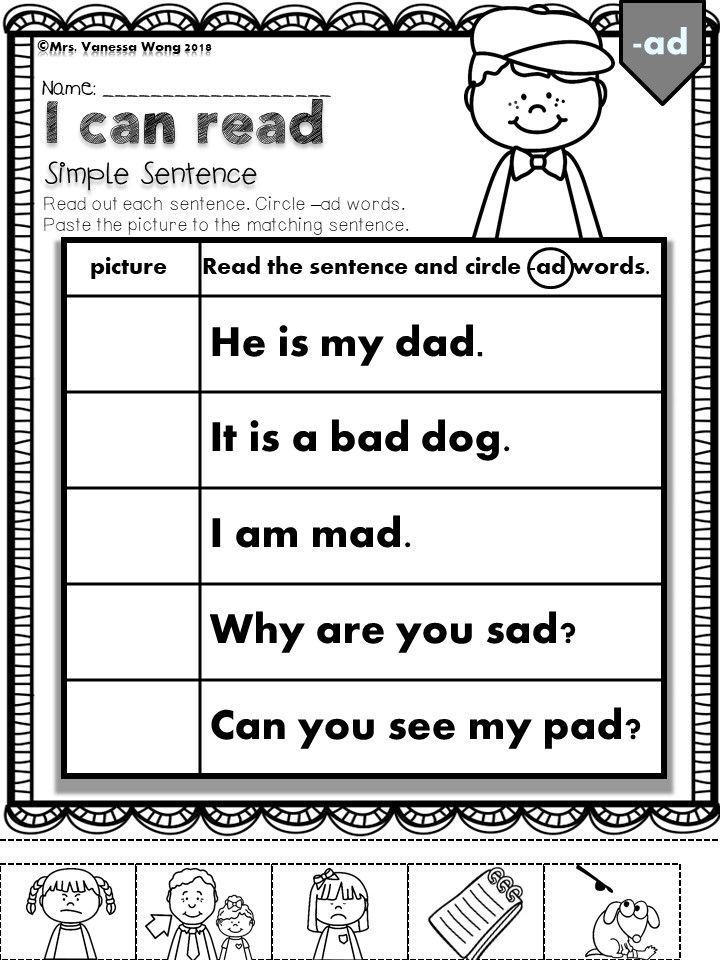
Children will come across punctuation marks during reading time, but they may not always understand the significance of each. This game will help your child learn how periods, question marks, and exclamation points affect a sentence.
5) Make A Switch
The subject and predicate for each simple sentence have a specific function. For children to use these correctly, they will need to understand what their roles are.
When kids start speaking as babies and then toddlers, they often repeat words, phrases, or the simple sentences they’ve heard from you, your partner, siblings, or other people around them.
At this stage, they haven’t fully grasped the functions of subjects and predicates. If we want to help our children develop their own sentences, we will need to help them understand the roles of these sentence parts.
A creative game they (and you!) will enjoy involves switching the subjects and predicates of a sentence.
Start with a simple three-word sentence, like, “A cat played.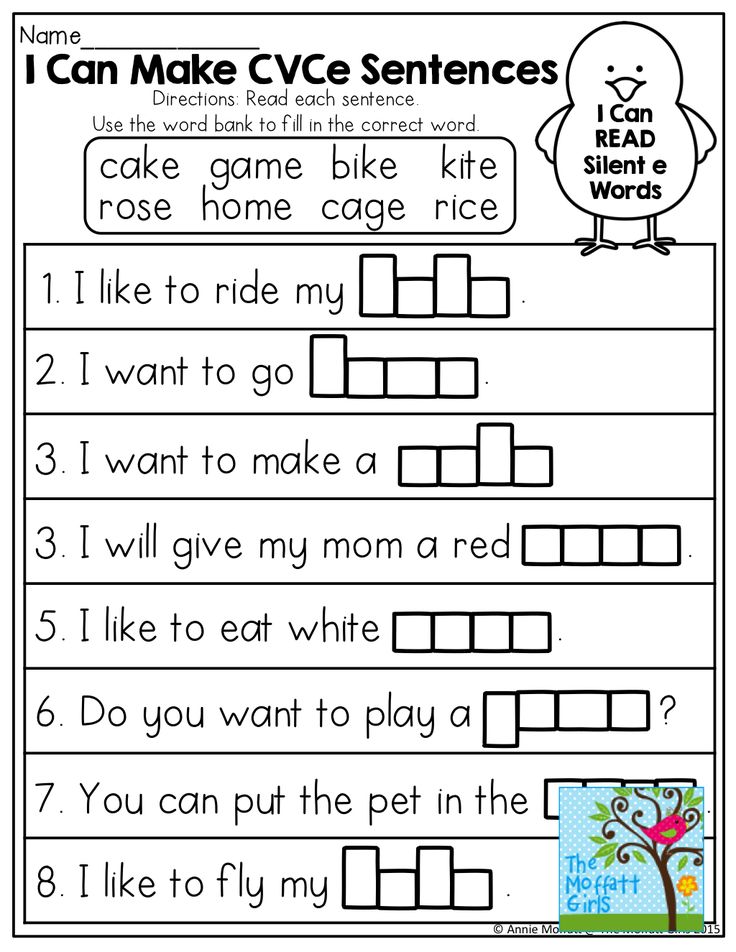 ” Then take turns changing either the subject or the predicate of the sentence.
” Then take turns changing either the subject or the predicate of the sentence.
This may look something like this:
- A cat jumped
- A dog jumped
- A dog growled
- A gerbil growled
- A gerbil scampered
Once your young learner is confident switching three-word sentences, move on to four words, five words, and so forth.
Through this fun activity, your child will start understanding the roles of predicates and subjects in sentences.
Simple Sentences For The Win!
A child’s language journey is pretty incredible. It often starts with lots of babbling and moves to single words. Soon, you get two-word combinations, and before you know it, you’re given a detailed account of what happened in class today.
As you’re doing the activities we’ve mentioned, remember to allow your child creative freedom. We know that language has a lot of rules, but that doesn’t mean it can’t be fun! Encourage your young learner to be as imaginative as they want to be.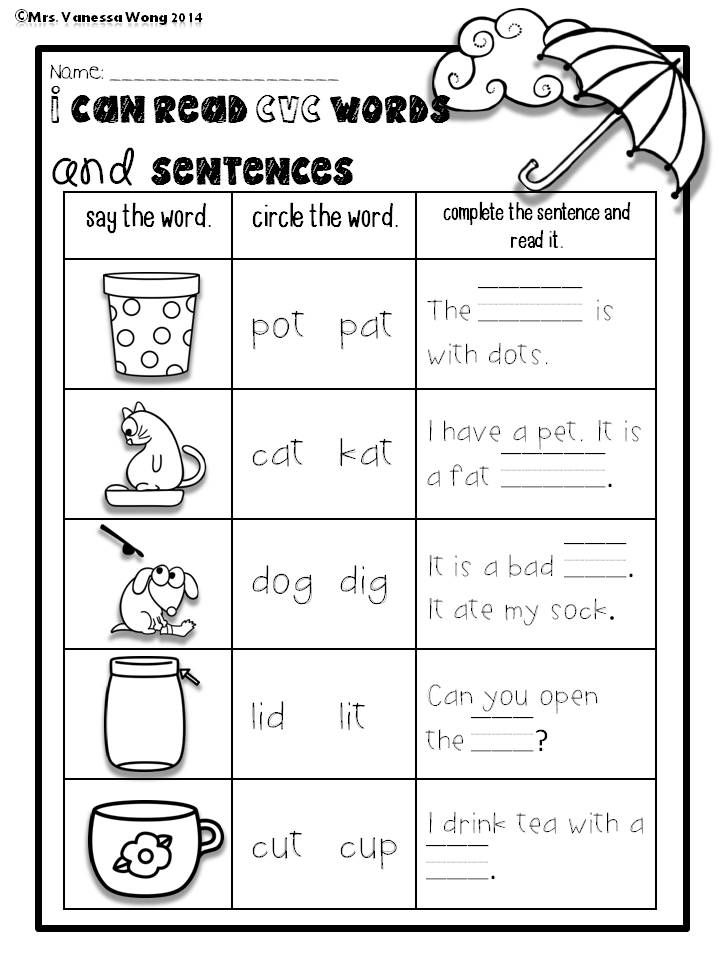
For instance, if they write or say, “The lion growls at the dinosaur,” let’s celebrate the correct sentence construction and, for a moment, imagine a world where lions and dinosaurs exist in the same age!
For more fun and effective learning activities, check out the HOMER Learn & Grow app.
Author
Methods and techniques for working on a proposal
Osipova V.M.
In the preschool group, children must learn to analyze and synthesize sentences. This work contributes not only to the preparation for literacy, but also to the general speech and mental development of children. Without it, the student's idea of a word is indefinite, and the ability to analyze the verbal composition of a sentence develops very slowly.
Since preschoolers do not have knowledge of syntax, teaching the correct construction of sentences should be done practically. This is the culminating process of speech formation with its underdevelopment.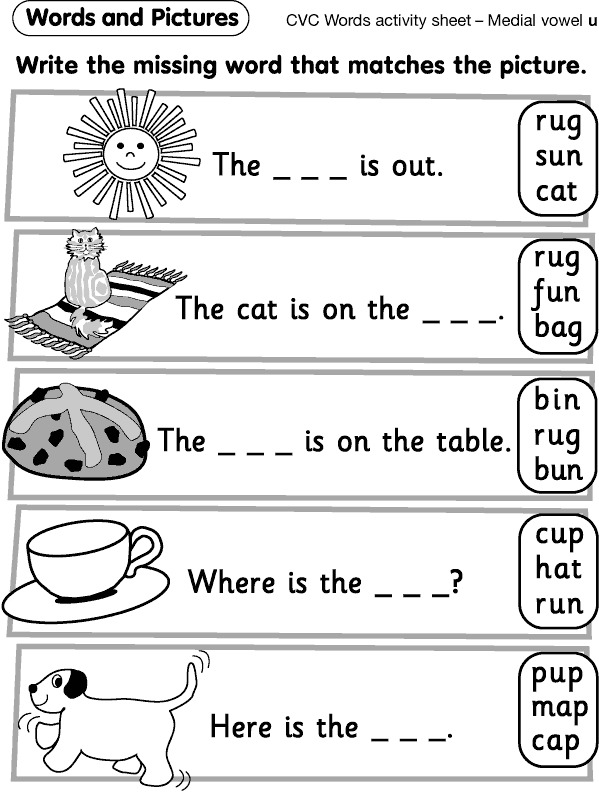
Each child of the speech group must master the ability to divide a sentence into words, name the number of words in it, any word in order, come up with a sentence for a given number of words, make a deformed sentence, write down the sentence graphically.
We advise you to start by isolating sentences from the story and counting their number. After listening to how many times the voice was lowered, the children will determine the number of sentences. Then the sentences need to be memorized, naming the first, second, etc. in order. At the same time, children lay out sticks or bend their fingers. Next, the speech therapist must bring in signal cards indicating the proposal.
In the next step, children learn that a sentence is made up of words. The basis of the proposed methodology is the variants of the game "Live Words". Each child depicts a “living word”, and all children must understand that a sentence consists of words.
It is recommended to use tasks that develop the ability to analyze and synthesize sentences.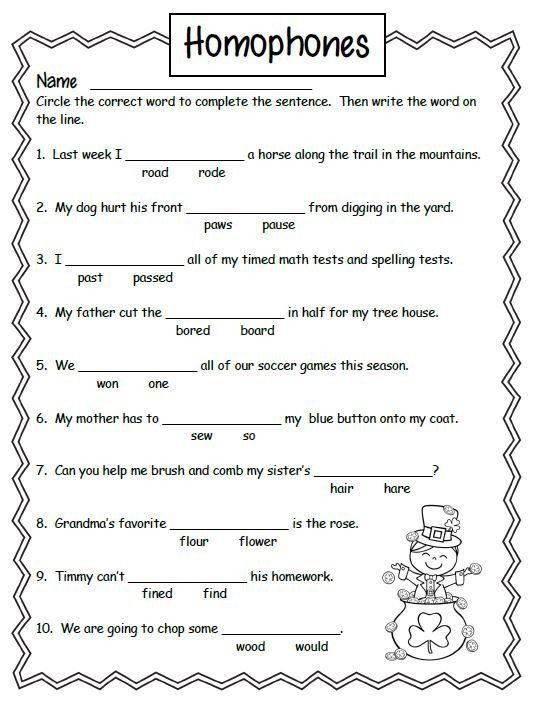
1. Make sentences of two or three words. Come up with a sentence about a house, about an object made of paper, iron, wood.
2. Repeat only the first two words in the given sentence. The autumn forest is beautiful.
3. Replace the last word with another. The girl is feeding the chickens.
4. Compose an offer according to the given scheme.
5. Compose a sentence with the given key words. Fluffy ... spinning.
6. Repair the deformed sentence.
7. Make a sentence with compound words. Ice drift, beekeeper, snowfall.
8. Compose a complex sentence with conjunctions and write it down graphically. The boy fell because he stumbled.
9. Independently construct a proposal for this beginning. Birds fly south when...
10. Combine simple sentences into one complex one. Wintering sparrows… Migratory starlings…
11. Unravel sentences-fables "Confusion". A red crocodile is flying. - A green crocodile is crawling.
12. Make a sentence from "living words".
13. Make a proposal for an illustration or illustrative-graphic record.
14. Make a three-word sentence by adding your own words. Cat, boy, garden.
Annual plan for work
on proposal
September
3 weeks. Isolation of a sentence from speech: reading a story, fairy tales.
4 weeks. Learning a short story. Name the proposal in order.
October
1 week. Inventing a story from a picture, counting the number of sentences in it.
2 weeks. Naming the sentence in the story in order (sticks are superimposed on the sentence).
3 weeks. Work with a graphic image of the proposal on the cards.
4 weeks. Laying out card signs according to the number of sentences in the story.
November
1 week. Count sentences in a story. The counting is carried out "in the dark": the children put their heads on the table, close their eyes and raise the required number of fingers.
2 weeks. Dividing sentences into words, determining their number.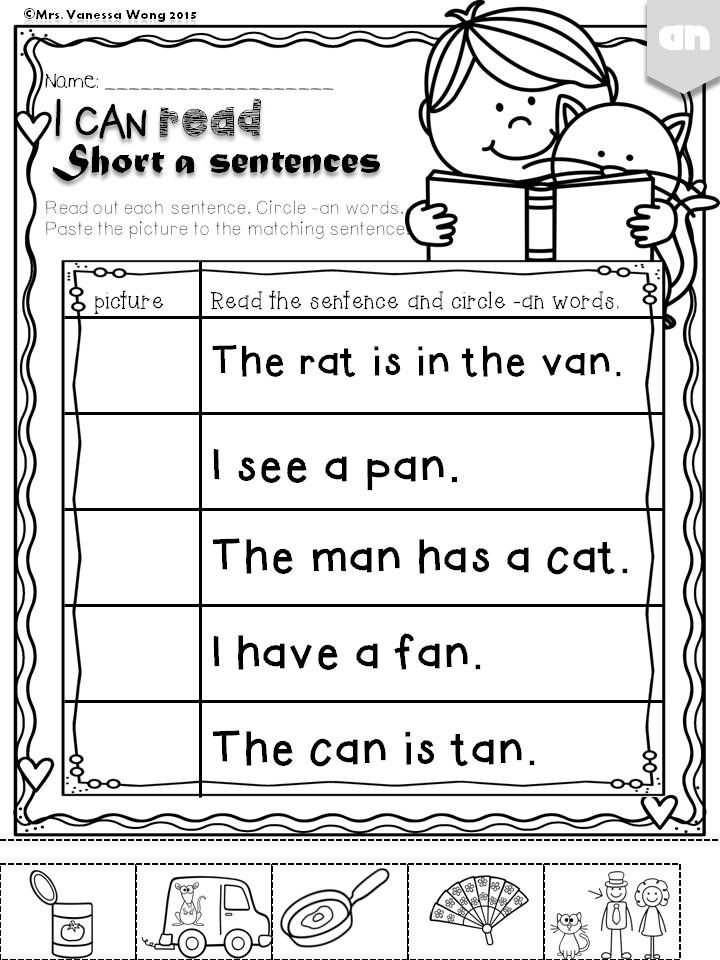
3 weeks. The game "Live words". Children count the words in a sentence, understand their sequence,
separate spelling.
4 weeks. Chorus game. Children must understand that all the words in a sentence are in their place and are not pronounced at the same time, but in order.
December
1 week. Acquaintance with the graphic image of the word.
2 weeks. Acquaintance with the graphic representation of the sentence, determining the ordinal place of the word in it. Work is carried out individually and with the whole class.
3 weeks. Games "Words are lost", "Words are lost".
4 weeks. Making proposals for demonstration and action. Differentiation of concepts word - sentence.
January
1 week. Making proposals on the topic "New Year".
2 weeks. Adding words to a sentence to make it longer. The game "Live words" is used.
3 weeks. Spreading the sentence with questions.
4 weeks. Spreading sentences with the Add Word game. Acquaintance with the preposition and its graphic representation.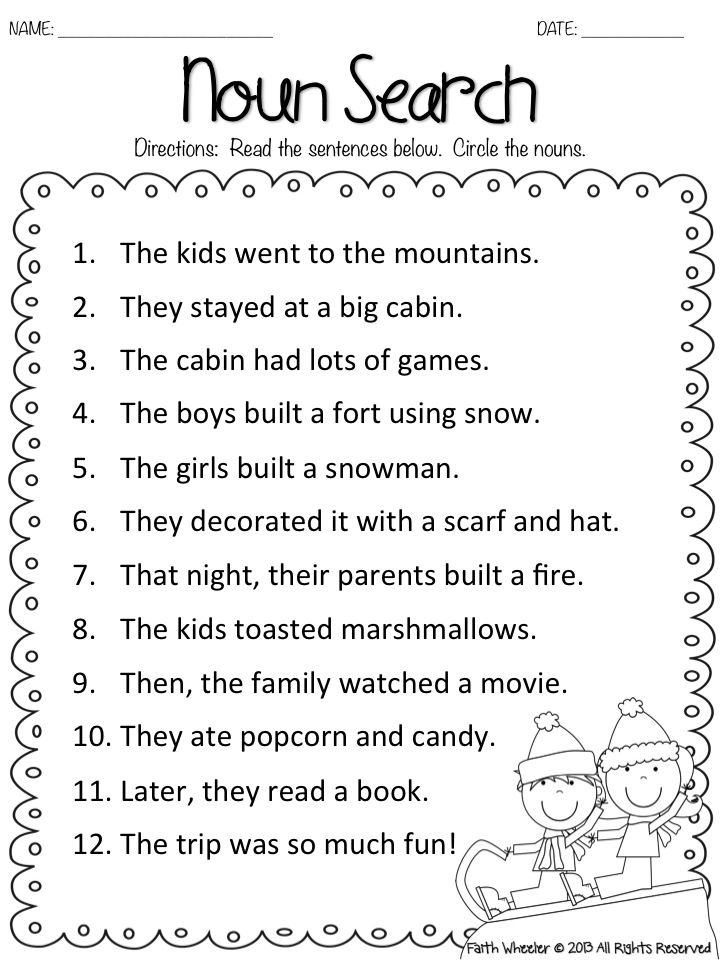
February
1 week. Correction of a deformed sentence with the help of the game "Which word got lost-
?".
2 weeks. Mastering the concept of the length of a sentence, compiling its graphic record.
3 weeks. Asking questions for each word in a sentence according to the model.
4 weeks. Coming up with proposals according to the graphic scheme.
March
1 week. Coming up with sentences of two or three words according to the picture "Spring".
2 weeks. Restoration of a deformed sentence. The game with Dunno is used.
3 weeks. Compilation of sentences with compound words (ice drift, snowfall). Their graphic record.
4 weeks. Compilation of complex sentences with conjunctions to, because.
April
1 week. Independent construction of proposals for this beginning.
2 weeks. Combining simple sentences into one complex one with the help of the union a: Sparrows are wintering birds, and swallows are migratory birds.
3 weeks. Drawing up proposals for illustrative and graphic records.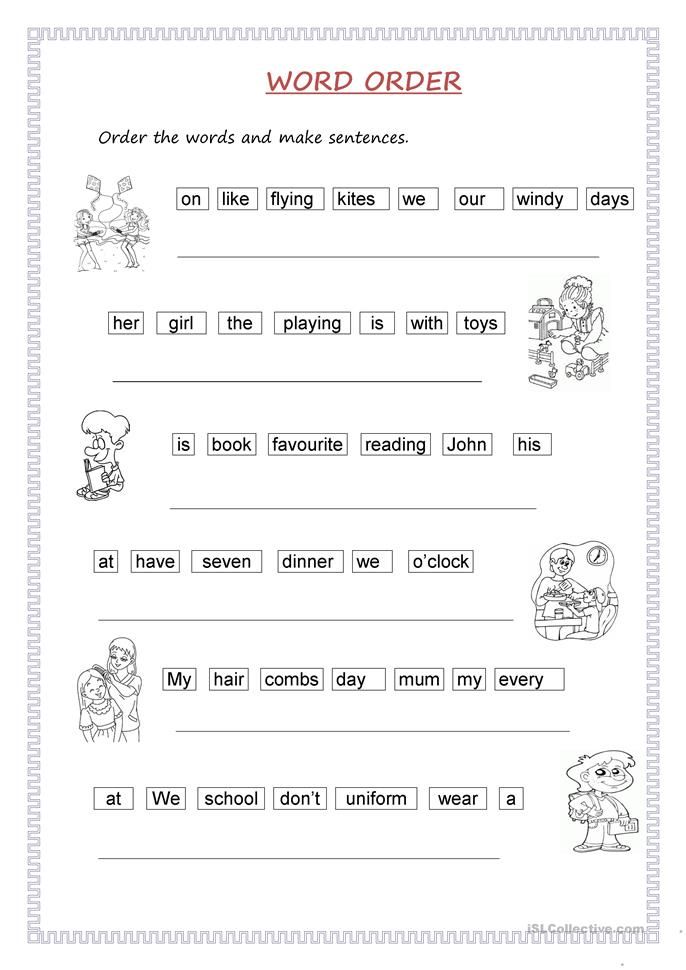
4 weeks. Unraveling sentences-fictions "Confusion". Independent inventing of fables.
May
1 week. Making proposals with a preposition. Various intonations are used.
2 weeks. Graphic recording of sentences with prepositions.
3 weeks. Games "Preposition in a sentence", "Who will ride what?".
4 weeks. Graphic dictation.
Sample lesson notes
Sentence extraction from speech
LESSON OBJECTIVES
- Mastering the concept of a sentence.
- Learning to count the number of sentences in a story.
- Memorizing sentences.
- Differentiation of vegetables and fruits.
EQUIPMENT
1. Toys: Parsley, dolls.
2. Chips.
3. Subject pictures.
4. Vegetables, fruits.
* * *
Organizational moment
Speech therapist. Today I came to the kindergarten early and brought Petrushka. Look, he has a story in the envelope. Let's read it.
Autumn has come. The fields were harvested.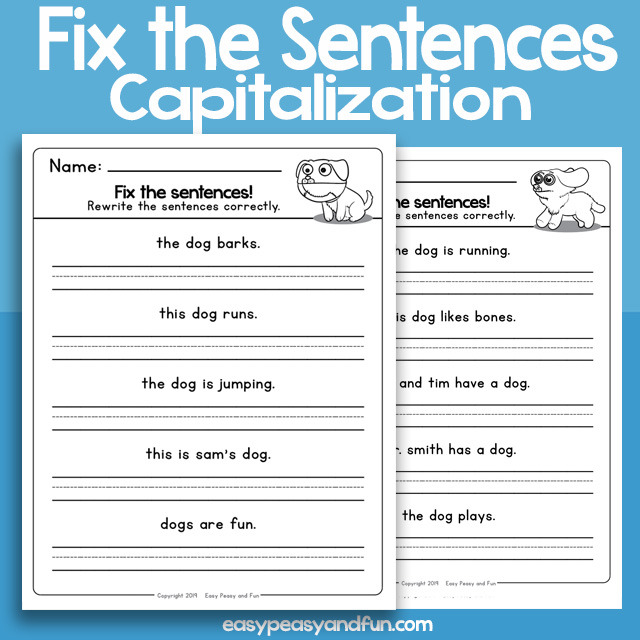 Birds fly south. The animals are getting ready for winter.
Birds fly south. The animals are getting ready for winter.
Children, come up with a title for this story. (Hangs up pictures on the board depicting the four seasons.) Choose a picture about autumn on the board.
Children are doing a task.
The concept of the proposal
Speech therapist. Guys, Petrushka was at school today and found out that any story, fairy tale, and just our speech consists of sentences.
Parsley. May I read the first sentence in the story? (Reads.) And now the second and third. (Reads.)
Speech therapist. Children, can you count how many sentences are in the story? Let's set aside chips for each sentence in the story.
The speech therapist reads the story again, the children set aside chips and count them.
The game "Smart tape recorder"
The tape recorder is represented by all the children of the group.
Speech therapist. Tell me guys, can you remember all the sentences in the story? Let's show Petrushka how we can do it.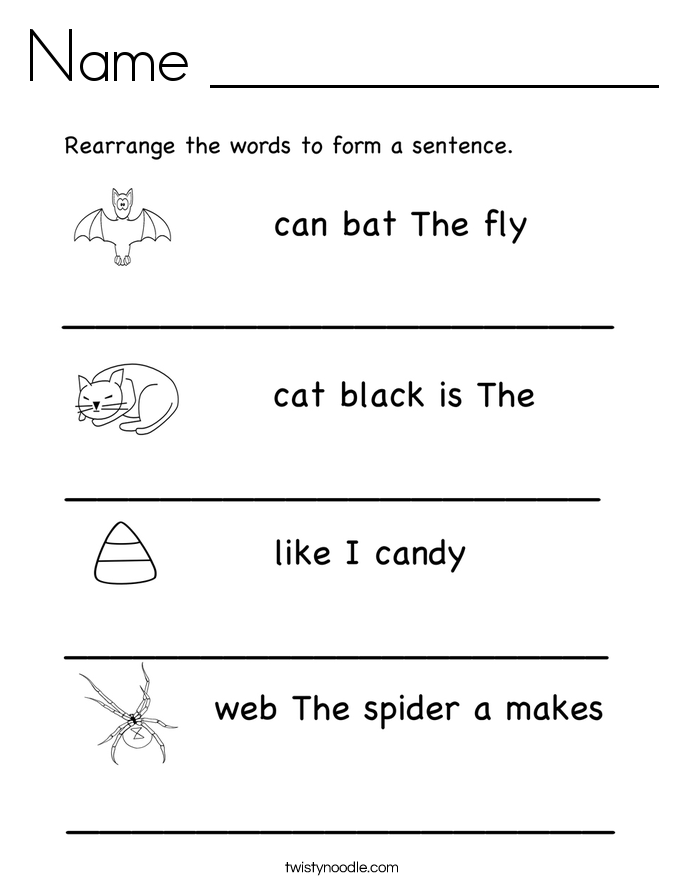 Let's play the game "Smart Tape Recorder". The first time you "write down" the first sentence, the second - the second, and so on. And then I’ll say, “Turn on the tape recorder,” and each row will repeat the recorded sentence in turn. And together you get a story about autumn. Here Petrushka will be surprised!
Let's play the game "Smart Tape Recorder". The first time you "write down" the first sentence, the second - the second, and so on. And then I’ll say, “Turn on the tape recorder,” and each row will repeat the recorded sentence in turn. And together you get a story about autumn. Here Petrushka will be surprised!
Children are doing the task.
Vegetable differentiation
and fruits
Dolls with bodywork enter. Put fruits and vegetables on the table.
Speech therapist. Guys, dolls went to the garden and garden. They gathered vegetables from the beds, and fruits from the trees. Help them put vegetables in one box for the Gardener doll, and fruit for the Fructoninka doll.
Children arrange vegetables and fruits in baskets and explain their choice.
Game "What did Grandma
buy at the market?"
Speech therapist. Now we will play the game "What did Grandma buy at the market?". Try to guess my riddles. It grows on a tree. It tastes sweet, round, red. What is this fruit?
Children.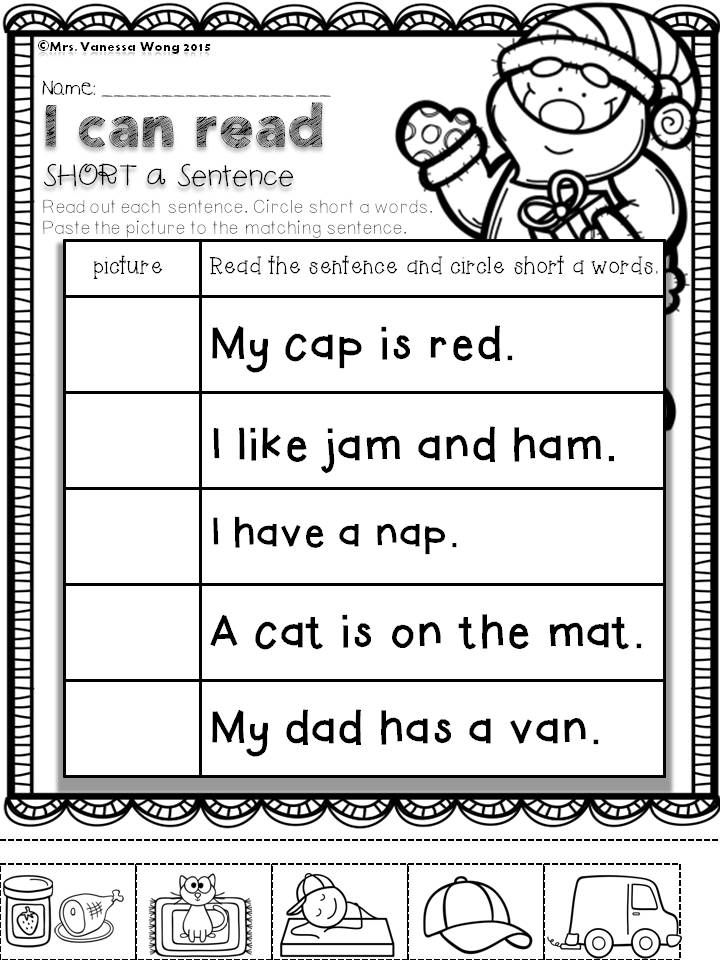 Apple.
Apple.
In the same way, riddles about all vegetables and fruits are guessed.
The result of the lesson
Speech therapist. Look, guys, while we were playing, Petrushka left and took the envelope away. What was in it?
Children. Story.
Speech therapist. And what does the story consist of?
Children. From suggestions.
Speech therapist. You are great, you learned and understood everything. And tomorrow, come up with a little story about vegetables at home too. Then in the kindergarten we will count how many proposals there are.
Getting to know the
graphic representation of sentence
LESSON OBJECTIVES
- Making up stories from pictures.
- Graphic representation of the offer.
- Memorizing sentences in order using pictograms.
EQUIPMENT
1. Sound letters.
2. Offer graphic cards.
3. Banks with "juice".
4. Pens, notebooks.
* * *
Organizational moment
Speech therapist.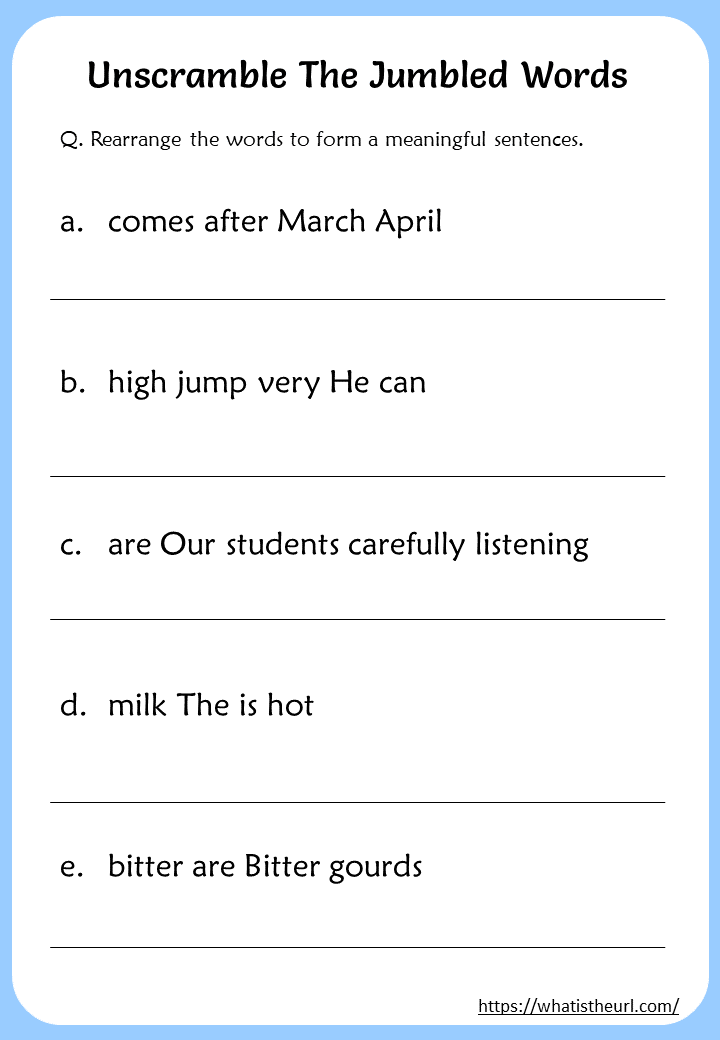 The guys, Pinocchio and Malvina sent us sound letters today. Let's first listen to Pinocchio's letter.
The guys, Pinocchio and Malvina sent us sound letters today. Let's first listen to Pinocchio's letter.
Pinocchio reads in a "wooden" voice, without intonational formalization of sentences, without pauses between them.
Good autumn in the garden. Ripe pears and apples just ask for your mouth. Quickly take the basket and collect fruit. Mom will be happy with the harvest.
Guys, did you understand what Pinocchio wrote?
Children. No.
Speech therapist. Now listen to how Malvin reads this letter.
Malvina's letter sounds.
Why did we understand well what Malvina was reading? That's right, she read expressively, separating one sentence from another. Can you count the sentences in this story? Who's to say how many there are?
Children. Four.
Graphic representation of the sentence
Speech therapist. Guys, I brought you cards today with an offer. (Gives out cards.) The corner is a capital letter at the beginning of a sentence, because the first word in a sentence is always capitalized, and at the end is a period.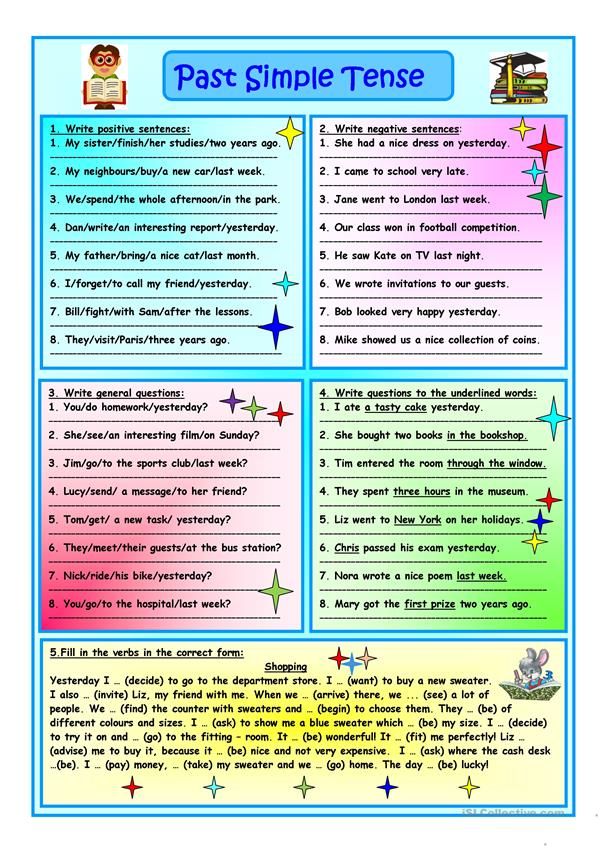
_______.
Now I will read the story of Pinocchio and Malvina again, and you will lay out your cards for each sentence. Then we count how many sentences are in the story.
Children are doing the task.
Drawings on the topic of sentences
Speech therapist. To better remember the story, we will make a small drawing for each sentence, which will then help you remember it and tell your mother in the evening.
Children make a small sketch of its content for each sentence.
And now let's remember the whole story. The first drawing is a garden, remember the sentence: It's good in the autumn in the garden. The second picture - apples, pears, the whole sentence: Ripe pears and apples just ask for your mouth. Etc.
Compilation of stories
by pictures
There are pictures on the table. Each child has their own.
Speech therapist. Children, make up stories from your pictures. Lay out as many diagram cards as you have sentences in your story. Each person completes the task independently.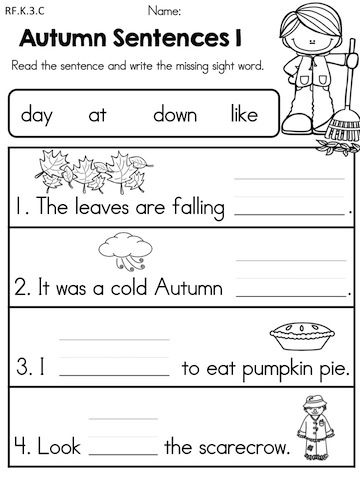
Next, the speech therapist checks all the stories with the children. One child writes sentences graphically on the board.
Game "Delicious juice"
There are jars with different "juices" on the table.
Speech therapist. Mom made delicious pear juice for the winter. How else can it be called? What juice?
Children. Pear.
Speech therapist. And which apple? From plums? Etc.
Children answer each question.
The result of the lesson
Speech therapist. What cards are on your table?
Children. These are proposal plans.
Speech therapist. How did you guess what this offer was?
Children. It starts with a capital letter and ends with a dot.
Acquaintance with the vocabulary
composition of the sentence
LESSON OBJECTIVES
- Consolidation of knowledge that a thought is expressed by a sentence, which consists of words.
- Introduction to a one- or two-word sentence.
- Determining the place of each word in a sentence.
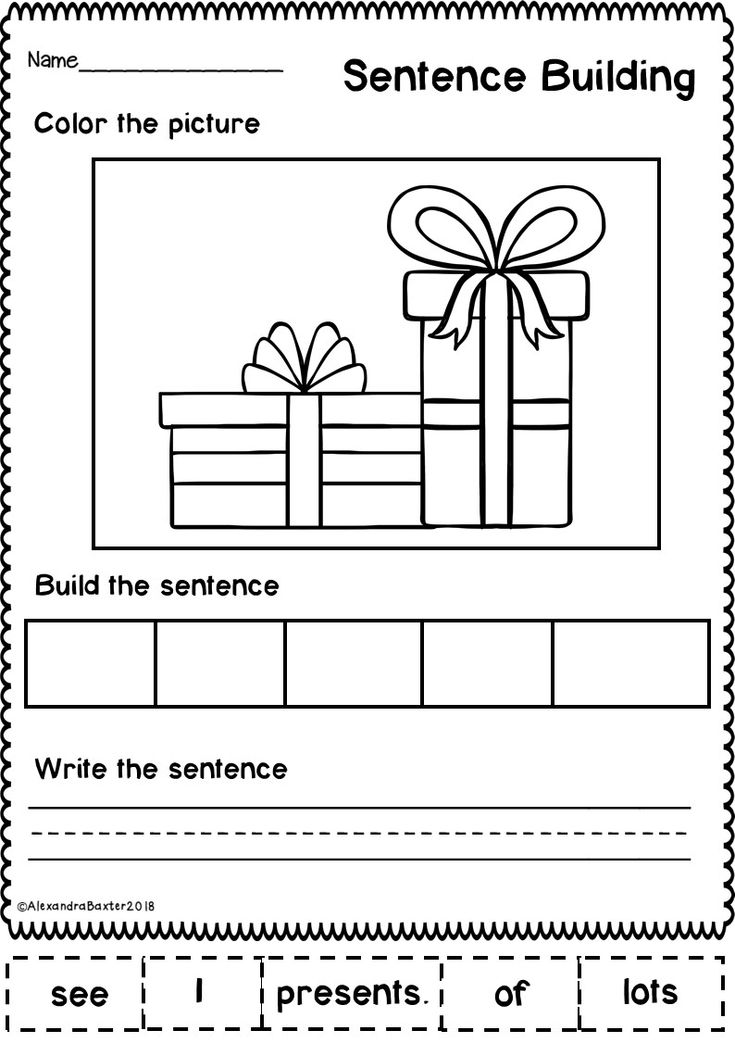
EQUIPMENT
1. Toys (airplane, paddle, matryoshka, rocket).
2. Cash registers with graphic representation of sentences and words.
3. Pens, notebooks.
* * *
Organizational moment
Speech therapist. Today we will get acquainted with the vocabulary of the sentence. (Shows a toy plane.) What word can you call this toy?
Children. Airplane.
Speech therapist. That's right, now tell me about the plane in two words.
Children. The plane is flying. The plane is buzzing. The plane is big.
Speech therapist. We've got an offer.
Compilation of short sentences
Speech therapist. Seryozha, tell me your proposal about the plane.
Serezha. The plane has landed.
Speech therapist. How many words are in it?
Serezha. Two words.
Speech therapist. Say the first word, then the second.
The child names the words.
I will now take a toy and make a suggestion about it. (Takes a spatula.) Spatula.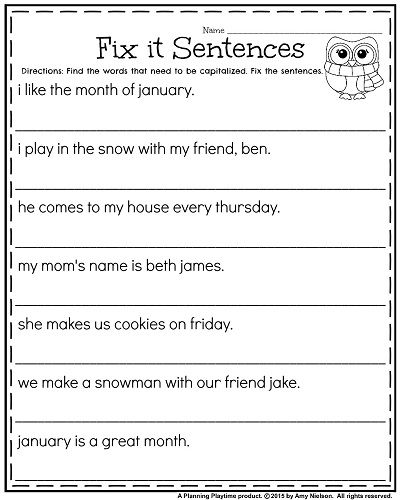 How many words are in my sentence?
How many words are in my sentence?
Children. One.
Speech therapist. Is it a long sentence or a short one? Does it have many words or few?
Children. Short, one word.
Speech therapist. Now I will show the toys, and you come up with sentences with their names.
Children come up with sentences about nesting dolls, a rocket, count the number of words, name the first, second words.
The game "Live Words"
Speech therapist. Guys, let's play the game "Live Words". You, Misha, will be the word rocket. And you, Dasha, the word flies. Name your words, first Misha, then Dasha. How many words are in this sentence? What is the first?
Children. There are two words in the sentence. The first word is rocket.
Speech therapist. And the second?
Children. Flies.
Graphic record
sentences
Speech therapist. You see, guys, in a sentence, the words are arranged one after another. I'm going to write this sentence down on the board in dashes.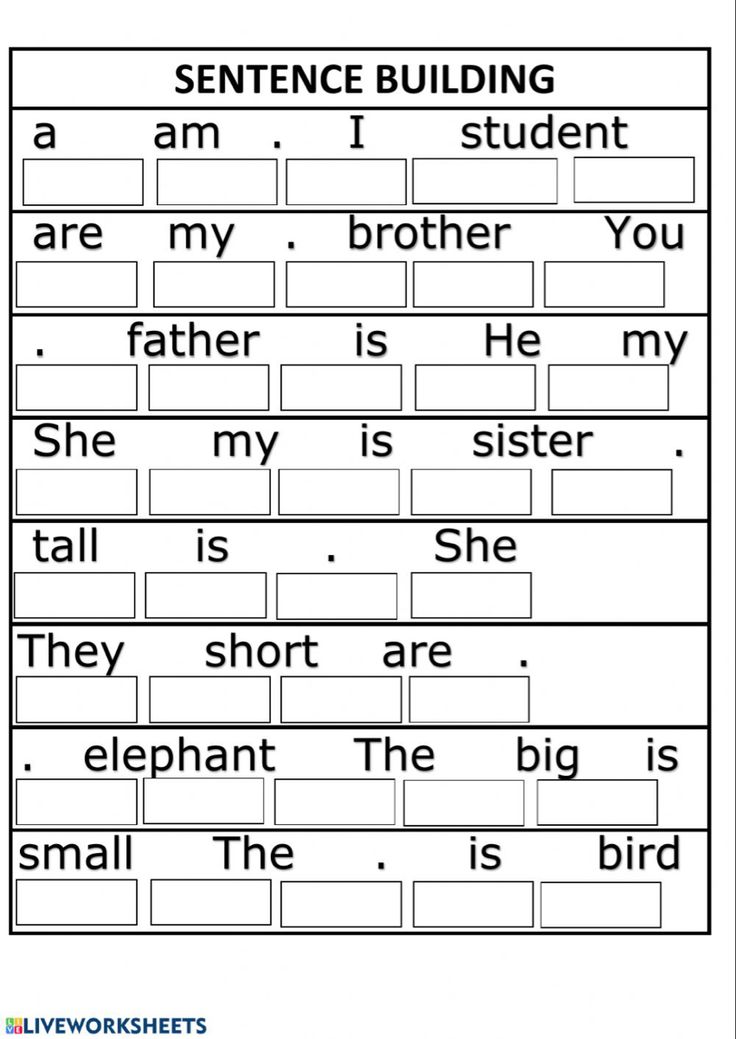 Each dash will mean a word, a corner is a capital letter, and a dot at the end. Write down the sentence Rocket flies in notebooks.
Each dash will mean a word, a corner is a capital letter, and a dot at the end. Write down the sentence Rocket flies in notebooks.
Children are doing the task.
You have the same cards at the box office. Find which card means the first word (with a corner) and which one means the last (with a dot). You must post a sentence Matryoshka stands.
Children are doing a task.
Sasha, draw as many lines on the blackboard as there are words in this sentence.
The child is doing a task.
Well done, Sasha, you wrote down the proposal. How many words are in it? What is the first word? What is the second?
Children answer questions.
The result of the lesson
Speech therapist. Guys, today you learned that a sentence consists of words, and the words are arranged one after another. Learned how to write down a sentence and make it from cards. All of you were great, everyone tried, and everything worked out for you!
Compilation of sentences
with given words
LESSON OBJECTIVES
Learning to compose various sentences for the task.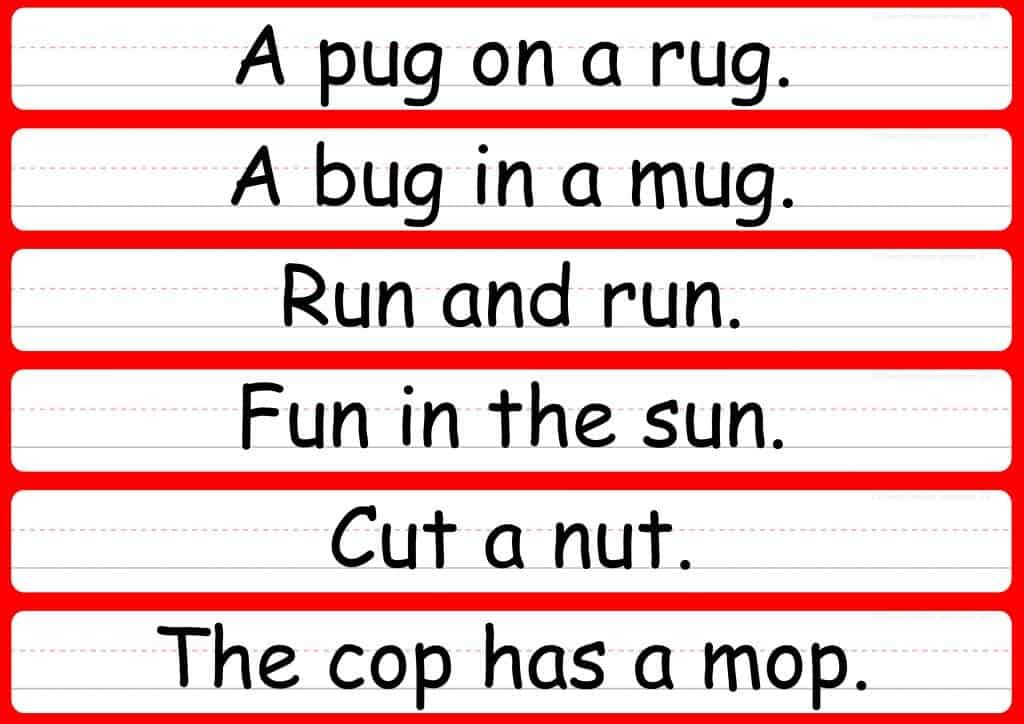
Consolidation of the ability to graphically record a sentence, make sentences with cards.
EQUIPMENT
1. Narrative pictures, toys.
2. Notebooks, pens.
3. Cash registers with signals.
* * *
Organizational moment
Speech therapist. Today we will come up with proposals. I came up with a suggestion about a cat. It starts with the word cat. Guys, can you guess my offer? (Hangs up pictures on the board.)
Children. The cat meows. The cat is drinking milk. The cat caught the mouse.
Speech therapist. Well done, guys, you came up with different proposals, but I had this: The cat is playing. Let's write it in notebooks and have someone write it on the blackboard.
Children write in notebooks. One child writes on the board with comments.
Child. The first word is cat, the second word is playing, there are two words in this sentence.
Main part
Speech therapist. Now guys, make up a sentence with the word boy. Sasha will not tell us his offer, but we will try to guess it.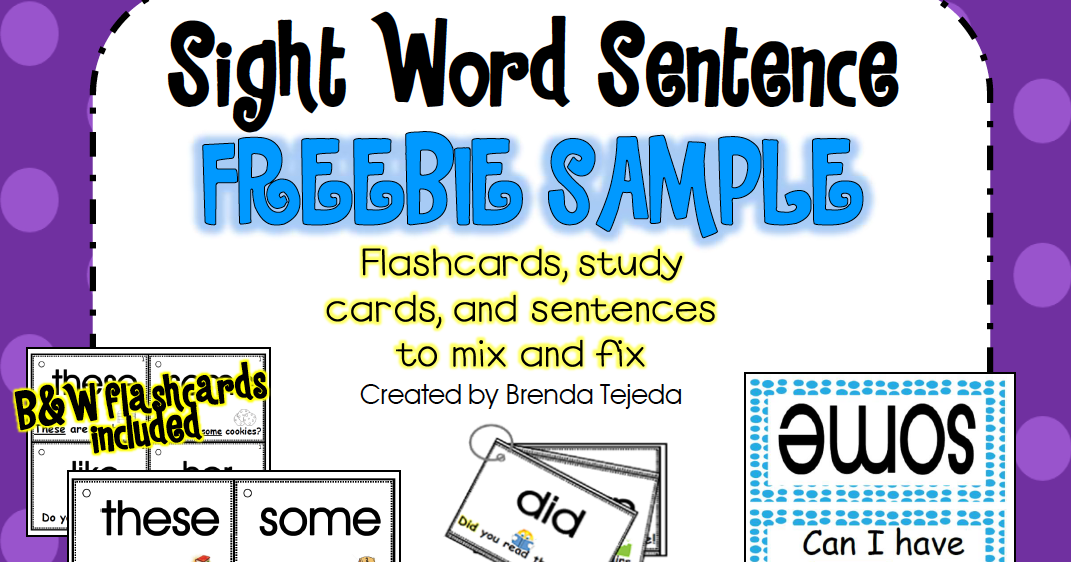
Children. The boy is playing. The boy bathes in the river. The boy is reading.
Speech therapist. Tell me, Sasha, did the children guess your offer? What did you come up with?
Sasha. Didn't guess. I came up with The boy teaches lessons.
Speech therapist. Here is a good sentence Sasha composed. Let's count how many words it contains. For each word, you need to get a card from the cash register and lay out a sentence.
Children (lay out a sentence from cards). There are three words in this sentence. The first word is a boy, the second is teaching, the third is lessons.
Speech therapist. You did everything right, guys, well done.
Now make up a sentence about chicken.
Children. The chicken pecks at the grain.
Speech therapist. Who is this proposal talking about?
Children. About the chicken.
Speech therapist. What is said about the chicken?
Children. That she pecks at the grain.
Speech therapist. You see, guys, in the sentence the subject is not only called, but something new, interesting is said about it.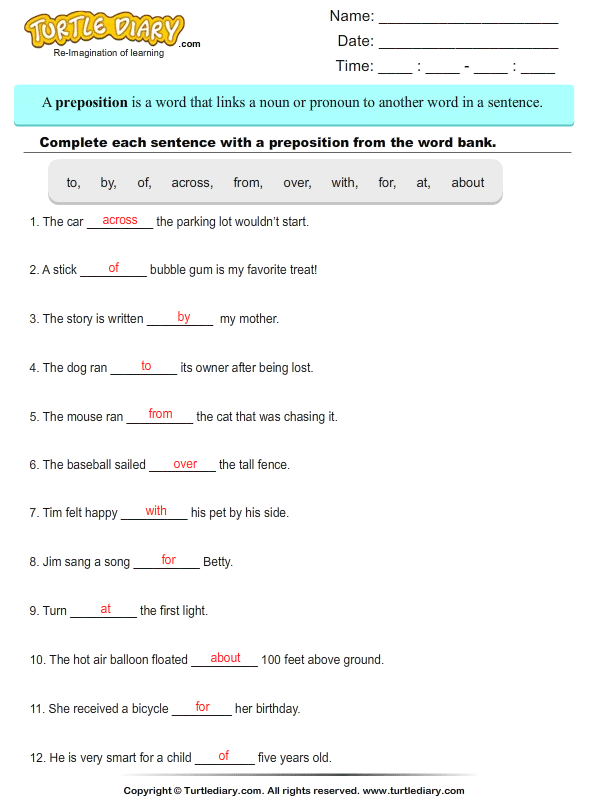 From this sentence, we learn that the chicken pecks at the grain. Listen again: grandmother, granddaughter, loves. Did I make an offer?
From this sentence, we learn that the chicken pecks at the grain. Listen again: grandmother, granddaughter, loves. Did I make an offer?
Children. No.
Speech therapist. That's right, this is not a sentence, but just individual words. To make a sentence, the words must be correctly arranged so that the words are friends. Masha, try to say a sentence about your grandmother.
Masha. Grandmother loves her granddaughter.
Speech therapist. Very well, we found out that the grandmother loves her granddaughter. And now Natasha will come up with a proposal about her granddaughter.
Natasha. Granddaughter loves her grandmother.
The result of the lesson
Speech therapist. So, guys, we have learned how to make sentences, write them down correctly, lay out cards. What did you like about the lesson, and whose suggestion did you remember? Come up with a suggestion for your favorite toy at home.
Children answer questions.
List of used and recommended literature
Gvozdev A.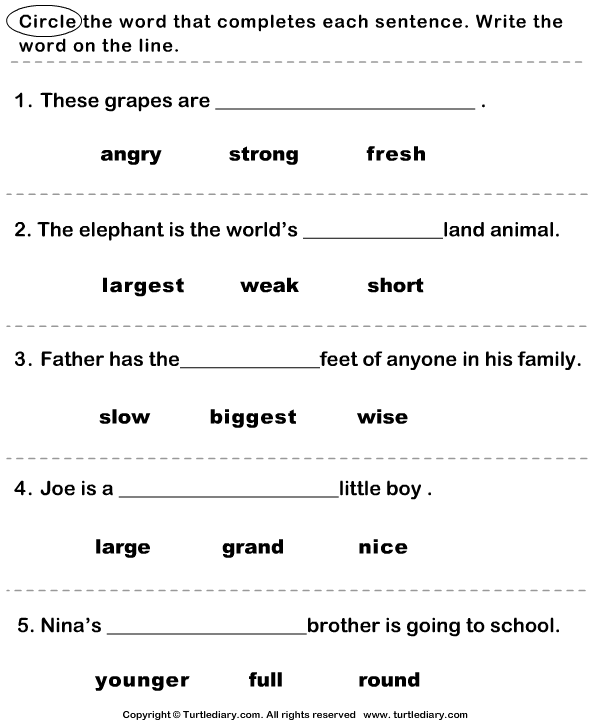 N. Formation of the grammatical structure of the Russian language in a child. M., 1949.
N. Formation of the grammatical structure of the Russian language in a child. M., 1949.
Efimenkova L.N. Correction of oral and written speech of primary school students. M., 1991.
Kashe G.A., Filicheva T.B. Program for teaching children with underdevelopment of the phonemic structure of speech. M., 1978.
Lopukhina I.S. 550 exercises for the development of speech. SPb., 2000.
Lvov M.R. Speech of younger schoolchildren and ways of its development. M., 1975.
Seliverstov V.I. Games in speech therapy work with children. Moscow, 1987 as a speech unit.
Show clearly that the proposal consists of words.
Definition of the first, last word in offer.
Determining the number of words in a sentence.
Definition of the main (Who? What?) word in offer.
Give a practical understanding of the relationship of words in proposal, the need for approval and management.
Observation of intonation, lowering of the voice in end of sentence.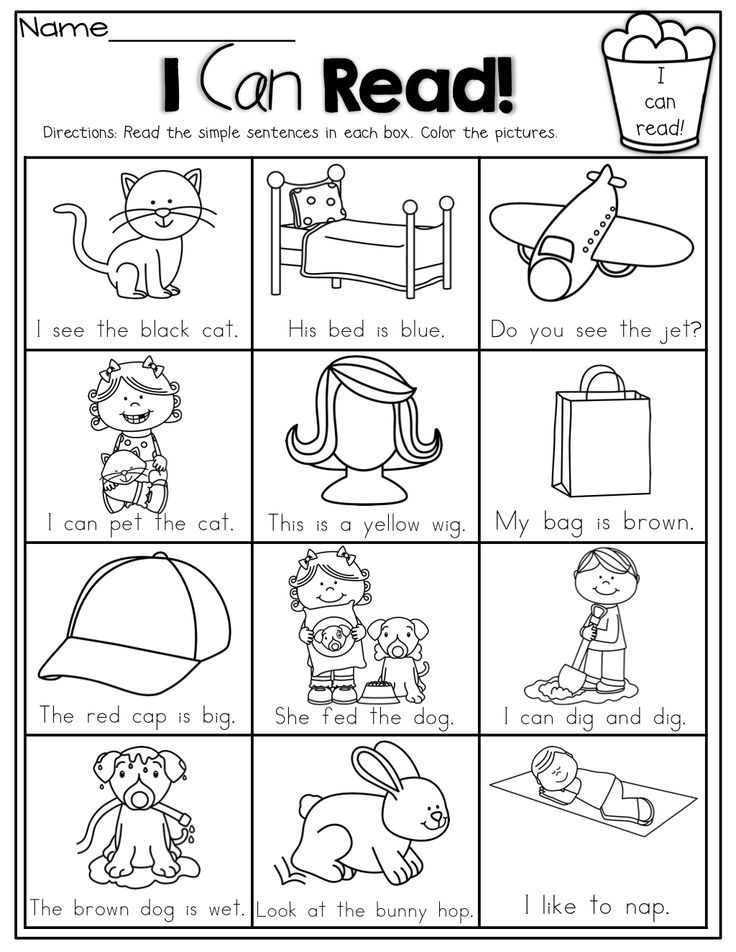
Learn to define the boundaries of the sentence in the text. Name the number of proposals. repeat 1st, 2nd, 3rd suggestion.
Learn how to make sentences with the right words grammatical form.
Knowing what difficulties experienced by a child with a speech disorder drafting different types of proposals, for improve the efficiency of work on sentence I systematized the material according to this section and made a plan for the work over the offer.
Availability of individual visual material (cards - symbols), symbols of words allowed to provide:
In the proposed plan, the presentation step-by-step teaching children to compile different types of proposals, and each stage represents is an independent methodological layer of work and can be supplemented if desired by a speech therapist.
PLAN - SCHEME of work on the proposal in speech therapy group for children with general underdevelopment of speech
Stages works
Topic
Tasks
Contents works
1 stage
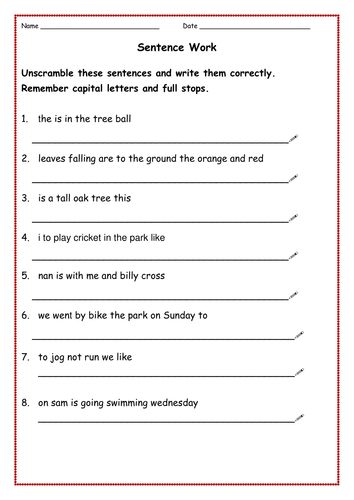 Learn classify words denoting names living beings and inanimate objects. Making a difference concepts "object", "word". Develop logical thinking, attention. Bring up observation.
Learn classify words denoting names living beings and inanimate objects. Making a difference concepts "object", "word". Develop logical thinking, attention. Bring up observation. Game "Who will name more surrounding objects".
"Separate the words into 2 groups according to the questions Who? What?
Game "Ask a question (pictures) Who is it? What is it?"
Game "Live the Word"
Children voice pictures.
Conclusion: Everything that surrounds us is objects inanimate.
All who surround us are living beings.
Any object can be marked with a symbol.
A word is a set of sounds that have meaning.
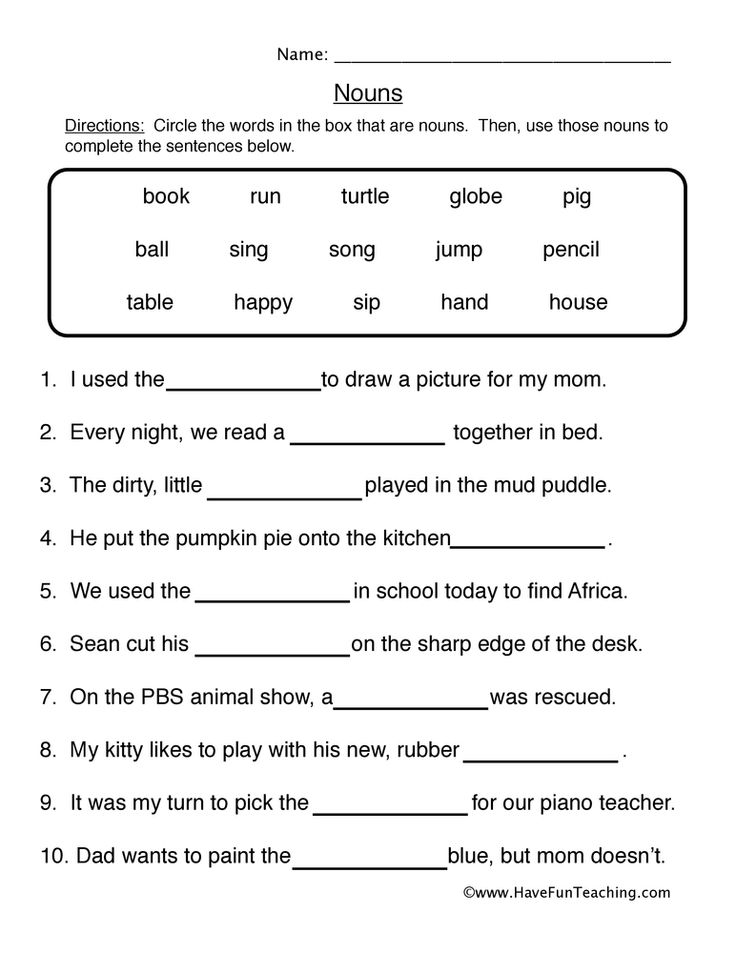 Introduce card - a scheme denoting a word-object (card 1). Develop visual and auditory attention and memory.
Introduce card - a scheme denoting a word-object (card 1). Develop visual and auditory attention and memory. c) remember them, name only those that answer the question Who? What?
"Remember, repeat" game (7 words)
Auditory dictation (10 words)
REMEMBER: The word-subject we will designate(card 1)
Game "Walk in the woods". Who can be found in forest? What can be seen in the forest?
Learn to graphically represent word-object and word-action.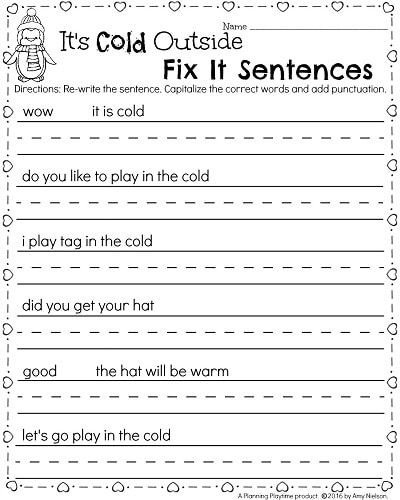
Develop logical thinking, auditory attention and memory. Teaching children to pick action objects and to the action object.
Clarify questions: Who? What is he doing?
The words you named, indicate actions and answer the question "What does?"
REMEMBER: Word-action we will designate(card2)
Game "Tell me what I'm doing? (speech therapist actions with different items.
Work with two cards "Word-subject" (card 1) and "Action Word" (card 2).
The game "Be attentive" (speech therapist calls mixed words-objects and words-actions and offers to raise the corresponding card).
Auditory dictation (7-8 words-actions)
Read the sentence with diagrams (card 2 - card 1).
Game "Work word-action" Game two participant: one of them represents the word- object, the second acts as a word-action. The word-object performs all kinds of actions, and the word-action names these actions.
The word-object performs all kinds of actions, and the word-action names these actions.
The game "Who moves how?" (on the topic "Live nature")
"Who eats how?" "Who is like a voice serves?" "Who can do it?"
Question - answer (on a lexical topic "professions"). "What does a doctor, a teacher, a cook do?"
"Who makes what sounds?" (The door creaks, the wind - howls, the car - hums)
Introduce scheme (card 3).
Develop auditory attention, memory. let down children to the conclusion that the word is a sign and word-action depend on the word-subject.
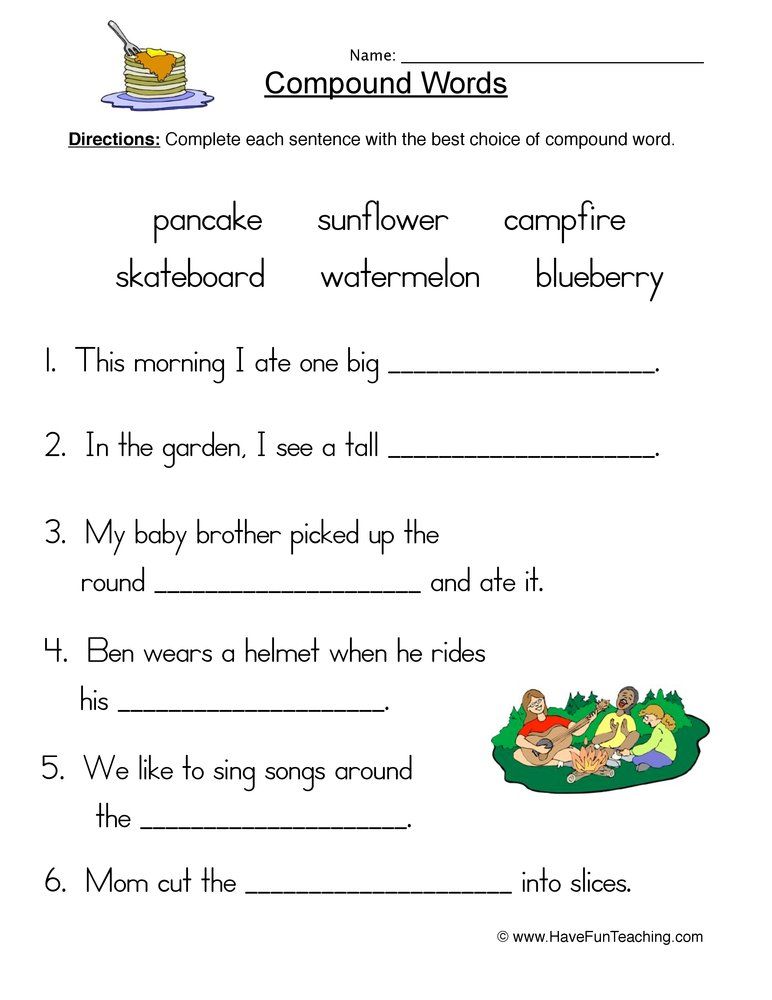
Task: Put a question to the words: green, fresh, yellow, beautiful. Graphic image of a sign word.
REMEMBER: We will designate the sign word (card3)
Exercise for the development of auditory attention and memory.
Of the heard series of words, name only those that represent the attribute of an object.
Draw words: curly clouds, blue stream, radiant sun.
Find synonyms: neat (clean, tidy)
Sad (sad, boring, sad),
Brave (brave, courageous, fearless.
Pick up words-antonyms for words features: smart - stupid; bold - cowardly; evil - good.
Come up with a word for the word: what kind of autumn? Day which? What is the mood?
Game-competition, who will name more words-signs to the subject"
Name an object according to its features. Answer questions:
Jumpy, fluffy, redhead .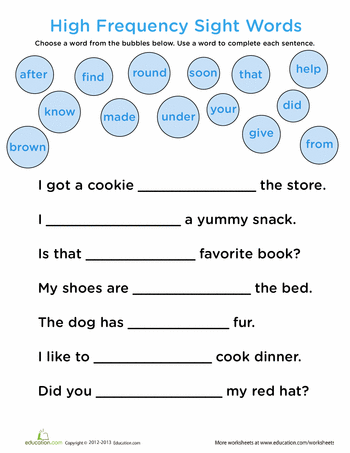 .. (squirrel)
.. (squirrel)
Small, round, prickly... (hedgehog). clean, fresh, fragrant... (towel)
Solve riddles. Put a question to the words: waffle, striped, smooth, shaggy. What do these words mean? (Words-signs).
Graphic dictation (sign words)
Introduce graphic the image of the preposition (card 4).
Learn to lay out sentence schemes with prepositions, include the missing pretext.
B - when the object is inside,
On - when the object is on top,
Under - when the object is below, etc.
Match subject pictures in pairs.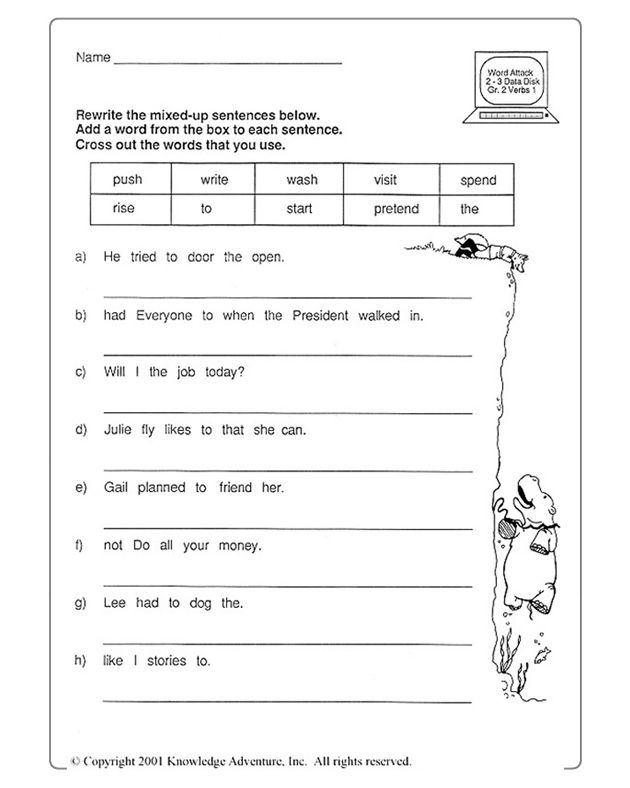 Come up with a sentence with prepositions: mushroom - tree, mushroom - frying pan, cone - tree; hedgehog - tree, hare - bush, fox - hole; a bird is a branch, a squirrel is a hollow, butterfly - flower.
Come up with a sentence with prepositions: mushroom - tree, mushroom - frying pan, cone - tree; hedgehog - tree, hare - bush, fox - hole; a bird is a branch, a squirrel is a hollow, butterfly - flower.
"Read the sentence without a preposition."
What is a preposition? (small word before word)
What are prepositions for? How are suggestions written?
Stage 2
To consolidate the concept of intonation completeness of the sentence.
To form in children an abstract visual the idea of a word as a unit of a sentence.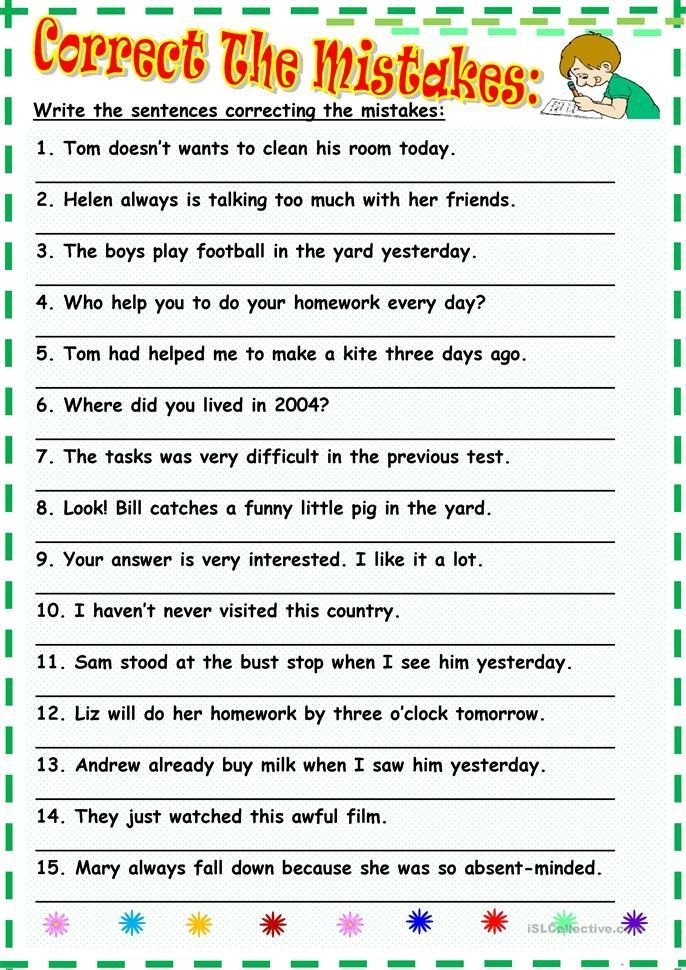
Learn to compose a simple non-common proposal using graphic word images.
Learn to identify the main word in a sentence.
Determine the number of words sequence of words.
Learn how to write a proposal for action, call the 1st, 2nd word.
The sentence consists of words. We read a sentence as if we are communicating something. All in the world consists of something: clouds of many water drops, a forest of trees, and our speech consists of sentences, and sentences of words. Words live in a sentence in agreement. Sentences (2 - 3) of 2 words are analyzed.
Offer graphic. Cow mooing. (card 1 and card 2).
Draw a proposal scheme in notebooks.
Name the 1st, 2nd word. How many words are in offer?
Graphic dictation (work with word scheme)
The grass is turning yellow.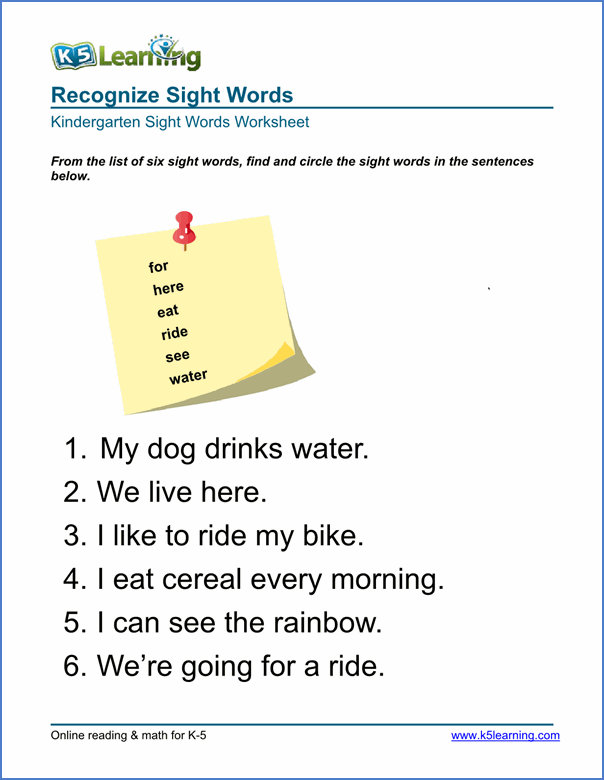
Leaves are falling.
The wind is blowing.
It's raining.
Learn how to write a sentence for "live models".
Word - action (children pronounce the sound H, H, H ... - train movement)
The word is a sign (children wave their hands).
Preposition (stomp foot - brake).
Game "Live offer". Proceed a sentence that starts the same way "Na" there are red apples on the table." On the table (card 2, card 3, card 1).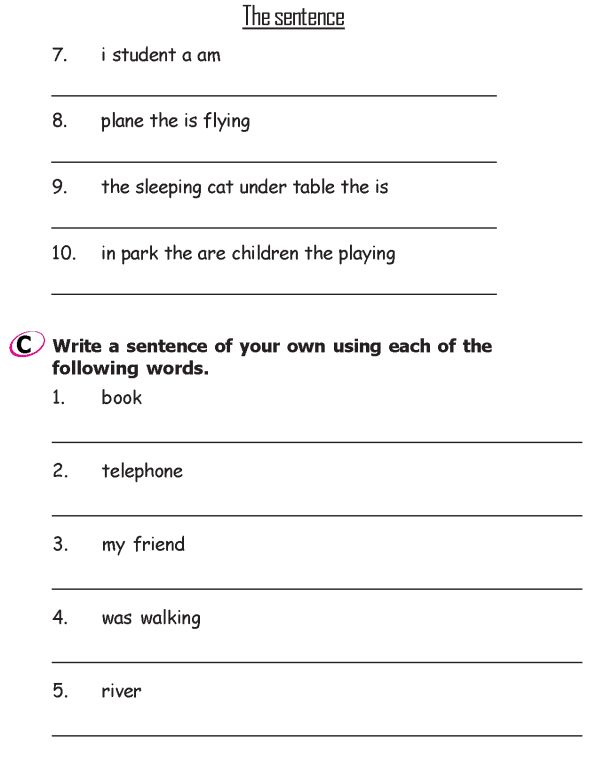
Game "Weave a wreath of offers":
- Big house.
- The house was built by builders.
- Builders build high-rise buildings.
Game "Catch the word in the sentence" (1st, 2nd, 3rd, 4th).
Game "Live the word", "Live the sentence" (according to subject picture)
Exercise "Assemble a sentence from words" (girl, sing, song, beautiful)
Print the last (first) word in sentence "A fly sits on the window."
Task: Draw a picture and come up with it sentence. Submit an offer using symbol cards. Conduct a verbal analysis composition of the proposal.
Learn to spread the foundation sentences up to 5 - 6 words using flashcards symbols, correctly format it.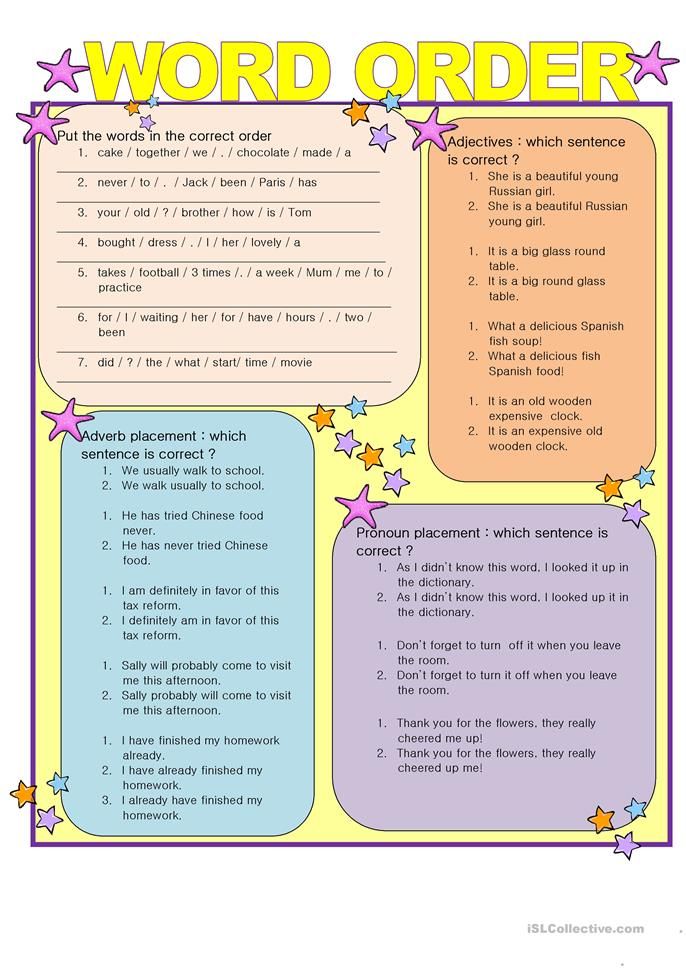
Teach children to shorten a sentence to a stem, using cards - symbols of words.
Child: "Masha took the ball and started throwing it up.
Task: find an offer for the corresponding scheme.
Compose an offer according to the scheme.
Make a sentence with a couple of words "Tassel - paints".
Offers: "The boy jumps". (cards- symbols)
"A boy rides a horse".
"A boy rides a fast horse."
"A boy rides a fast black horse."
Speech therapist comes up with a sentence, children comprehend it. Then the speech therapist asks the children shorten sentence:
"Olya is reading an interesting book to her grandmother.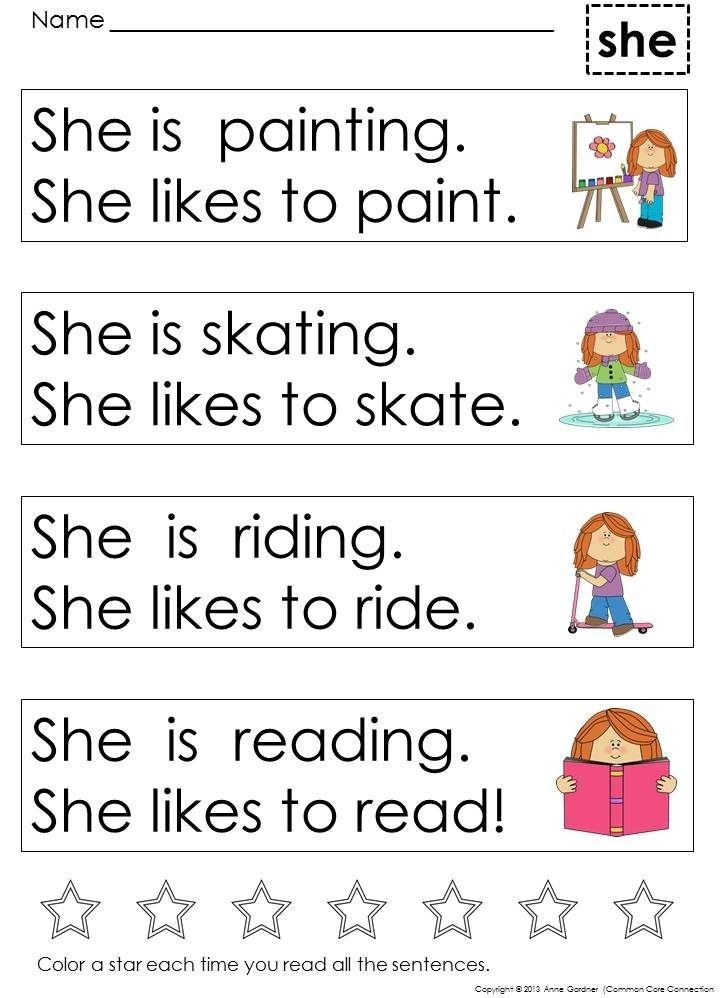
Olya is reading a book to her grandmother.
Olya is reading to her grandmother.
Olya is reading. CONCLUSION: the main words remained in offer.
Exercise "Change one word."
Speech therapist offers to listen to a sentence, repeat it, replacing one word in it. For example: "The guys came from school. The kids came from school. The girls came from school."
Stage 3
Learn make up a story of 3-4 sentences about the subject and by picture. (plot), grammatically correct make sentences (in a story).
Learn to count the number of sentences in story and control the number of words in sentences with pictures.
To develop coherent speech skills in children with compiling stories - descriptions, riddles - descriptions in creative stories.